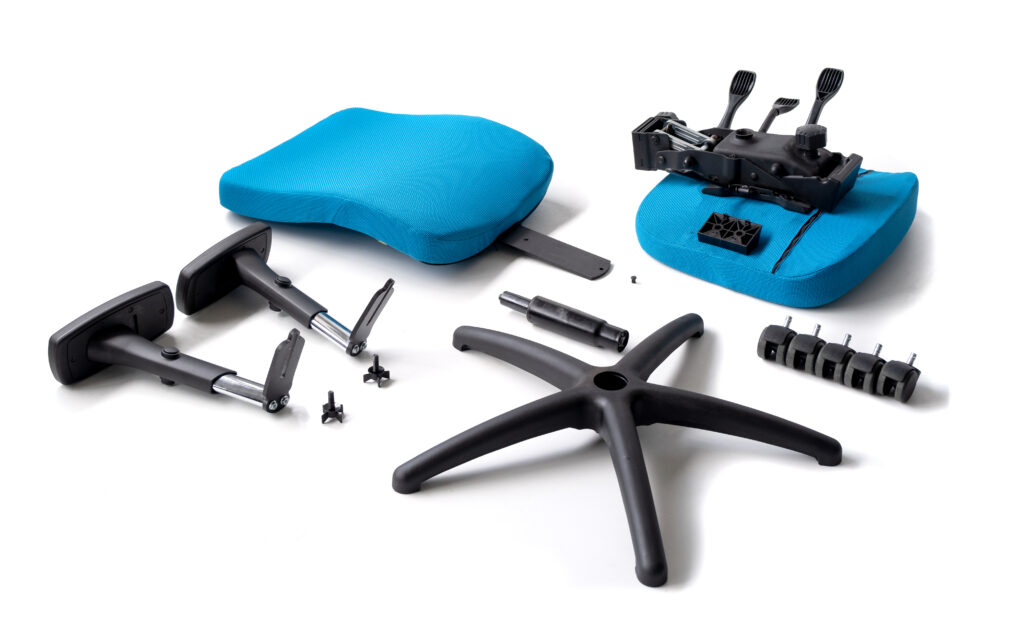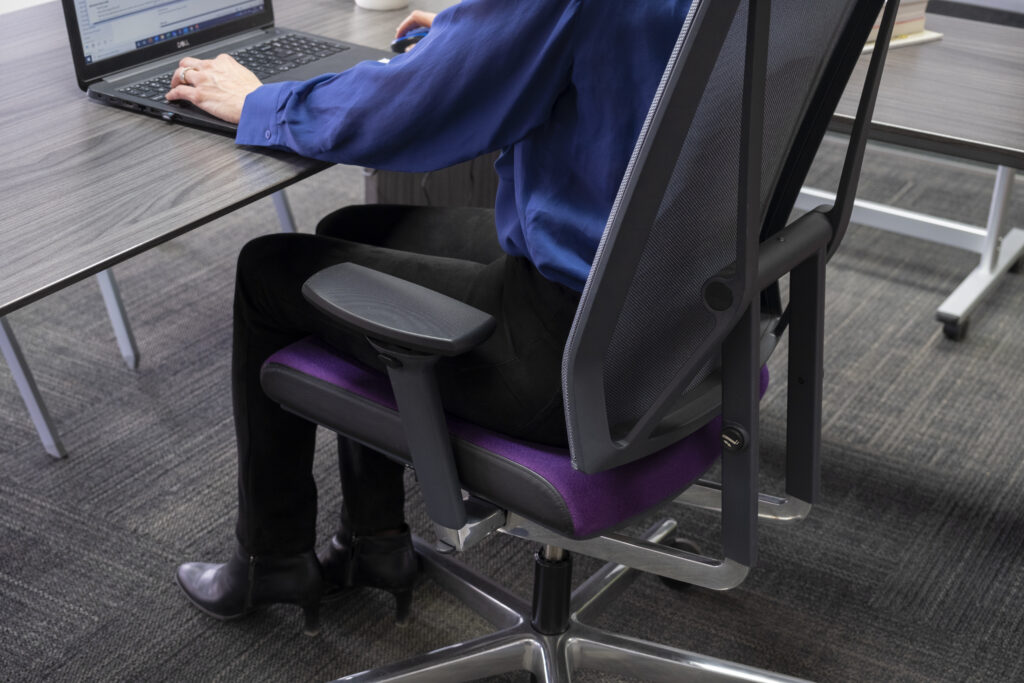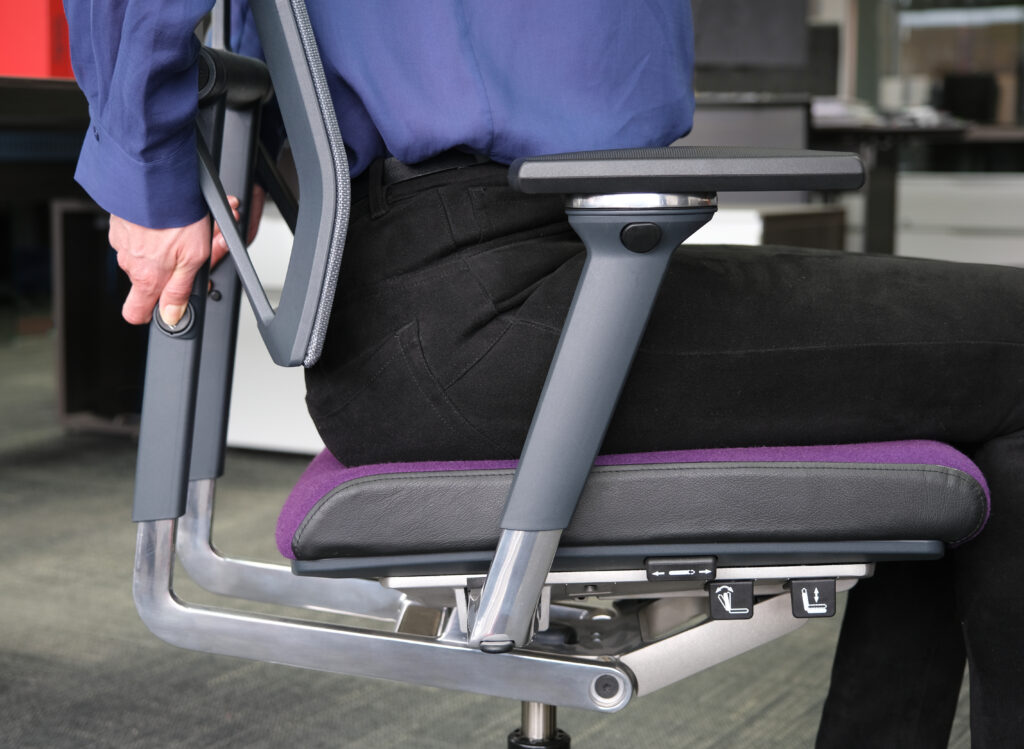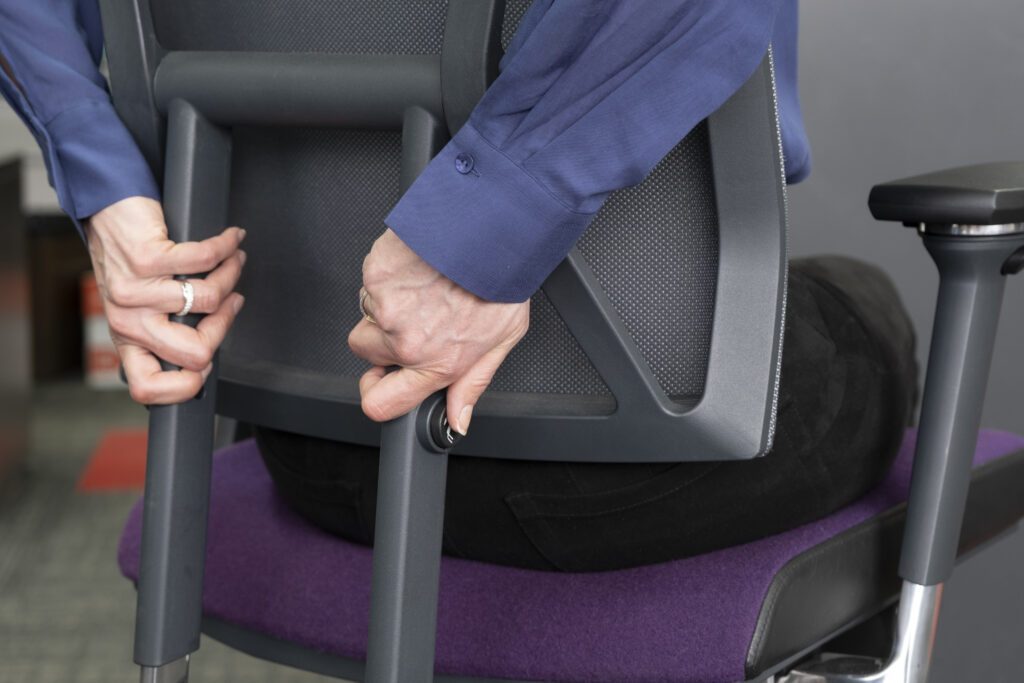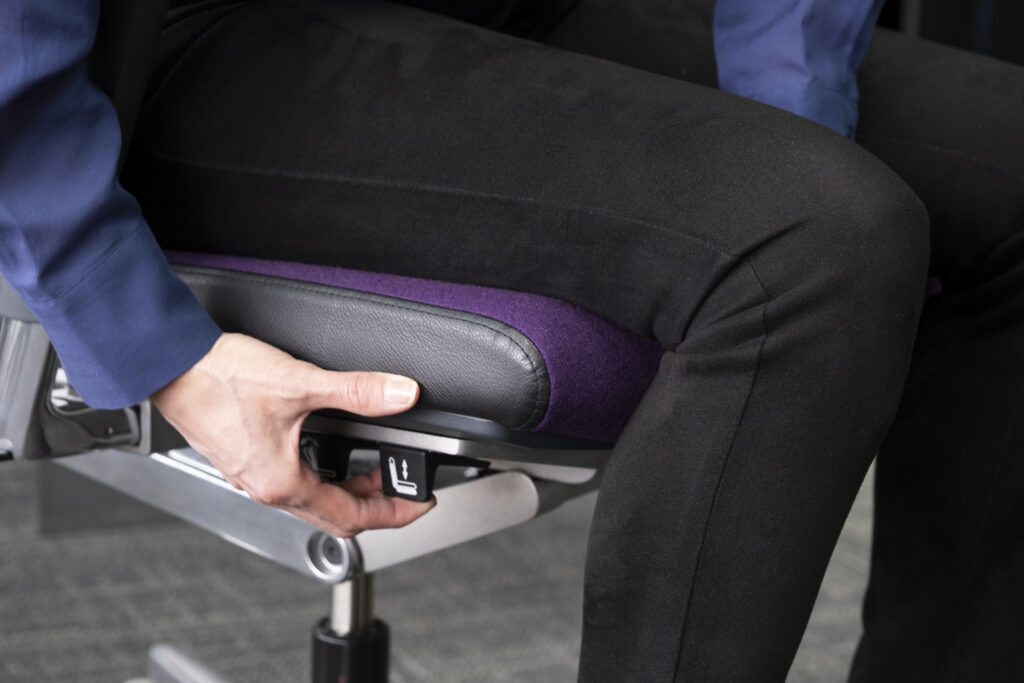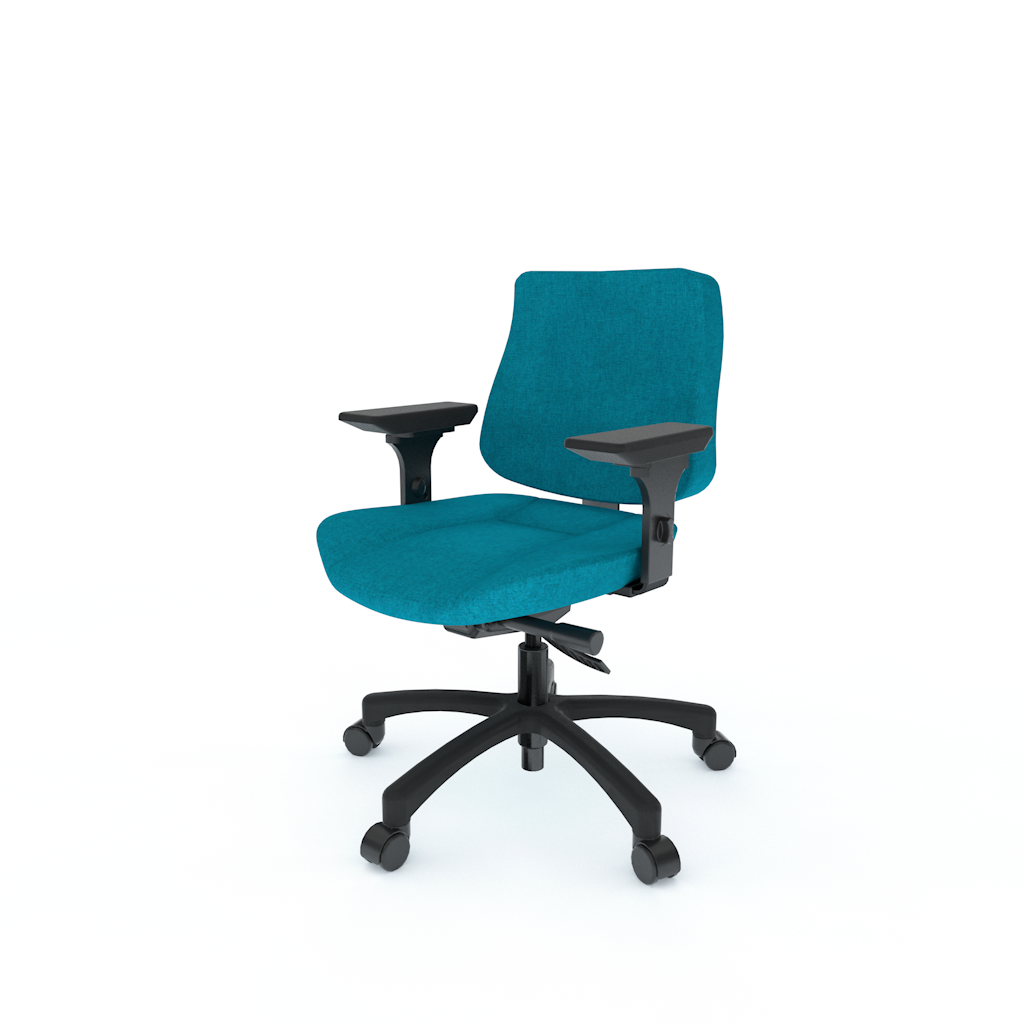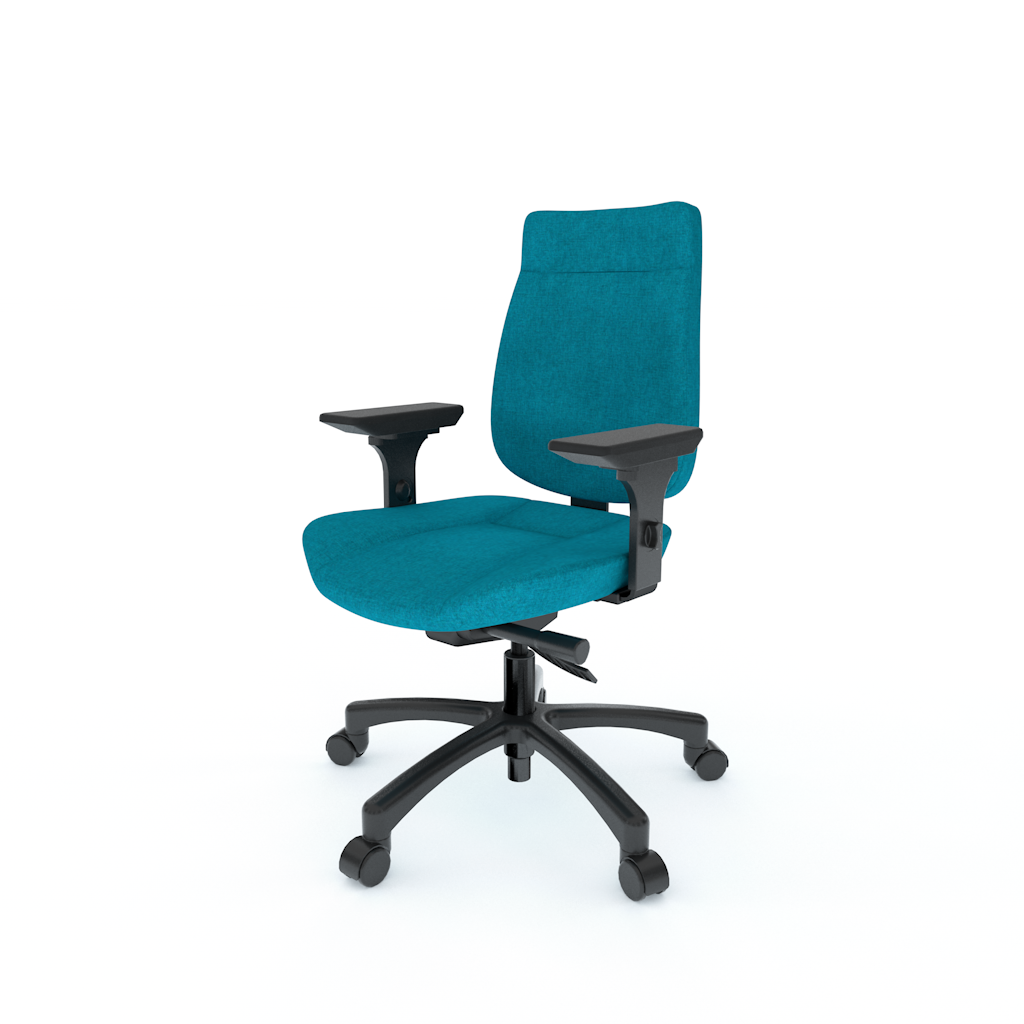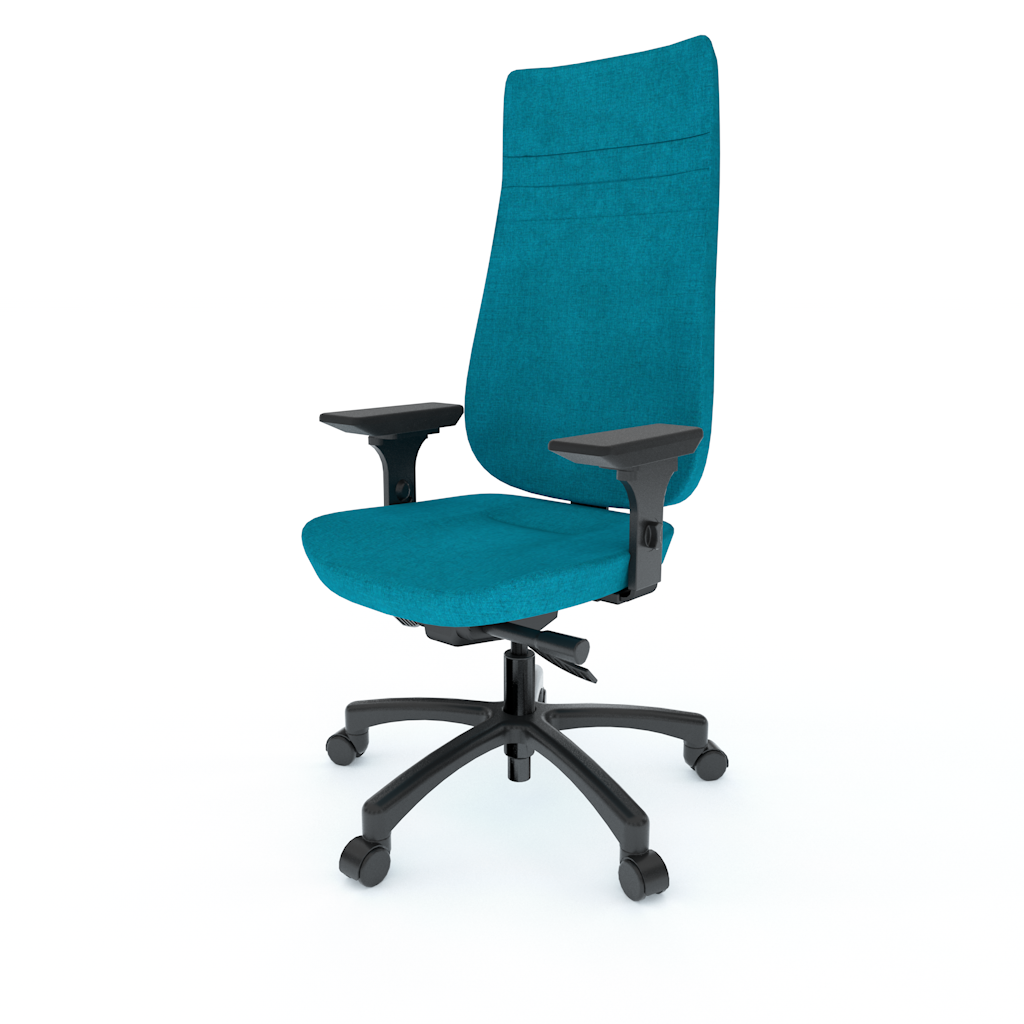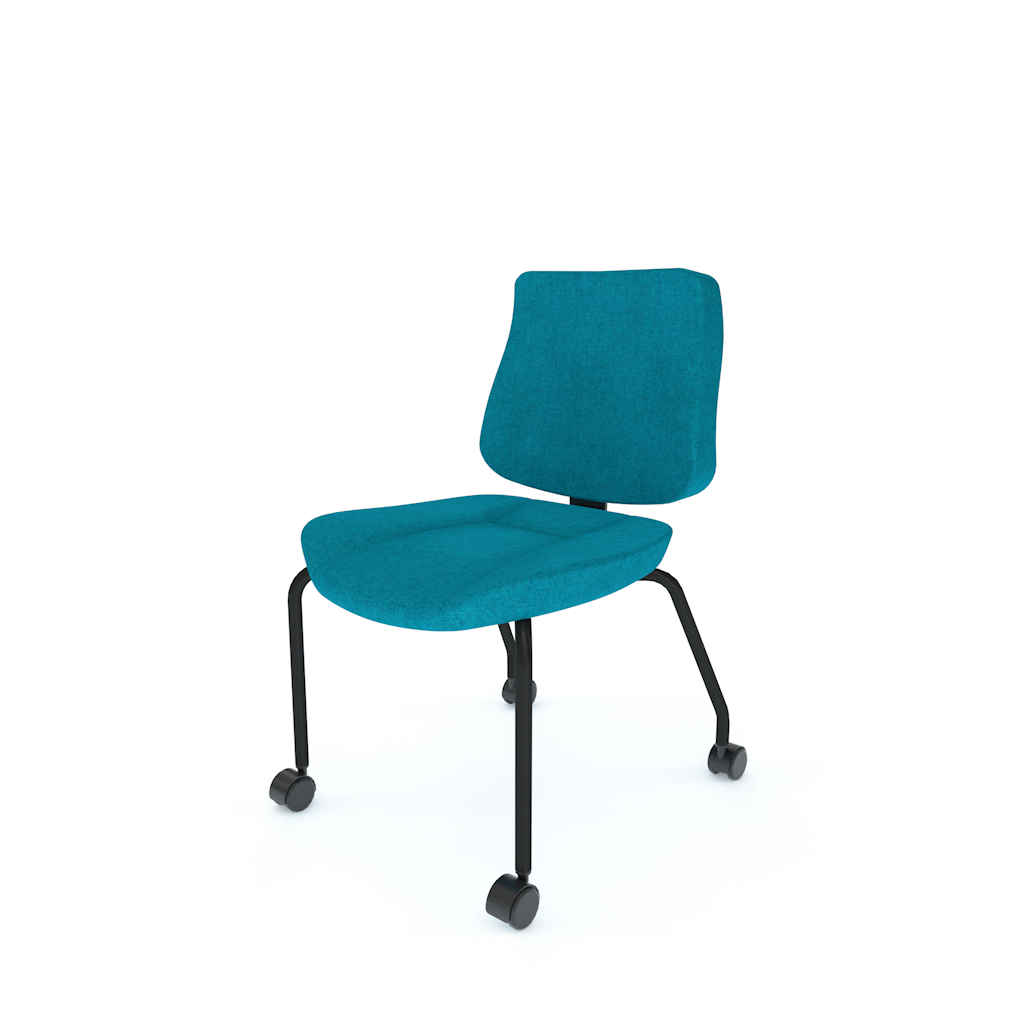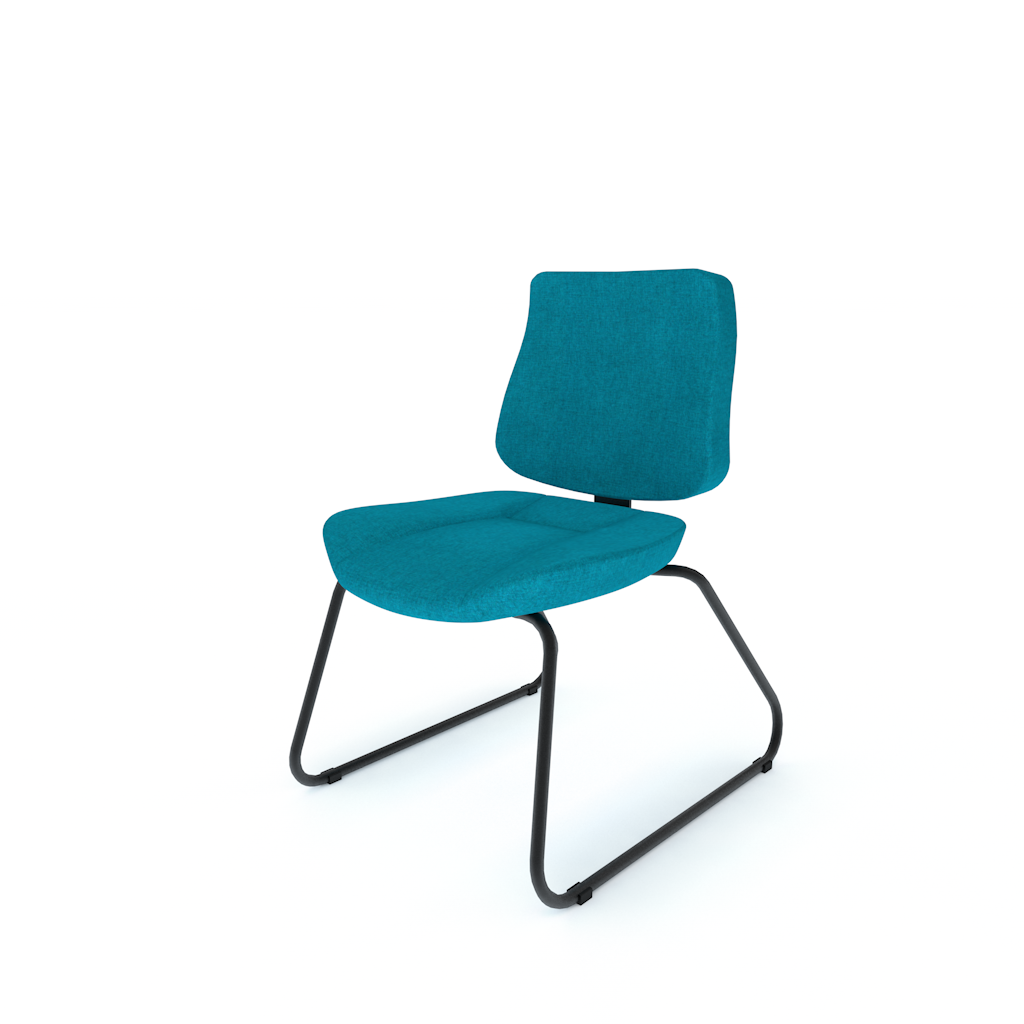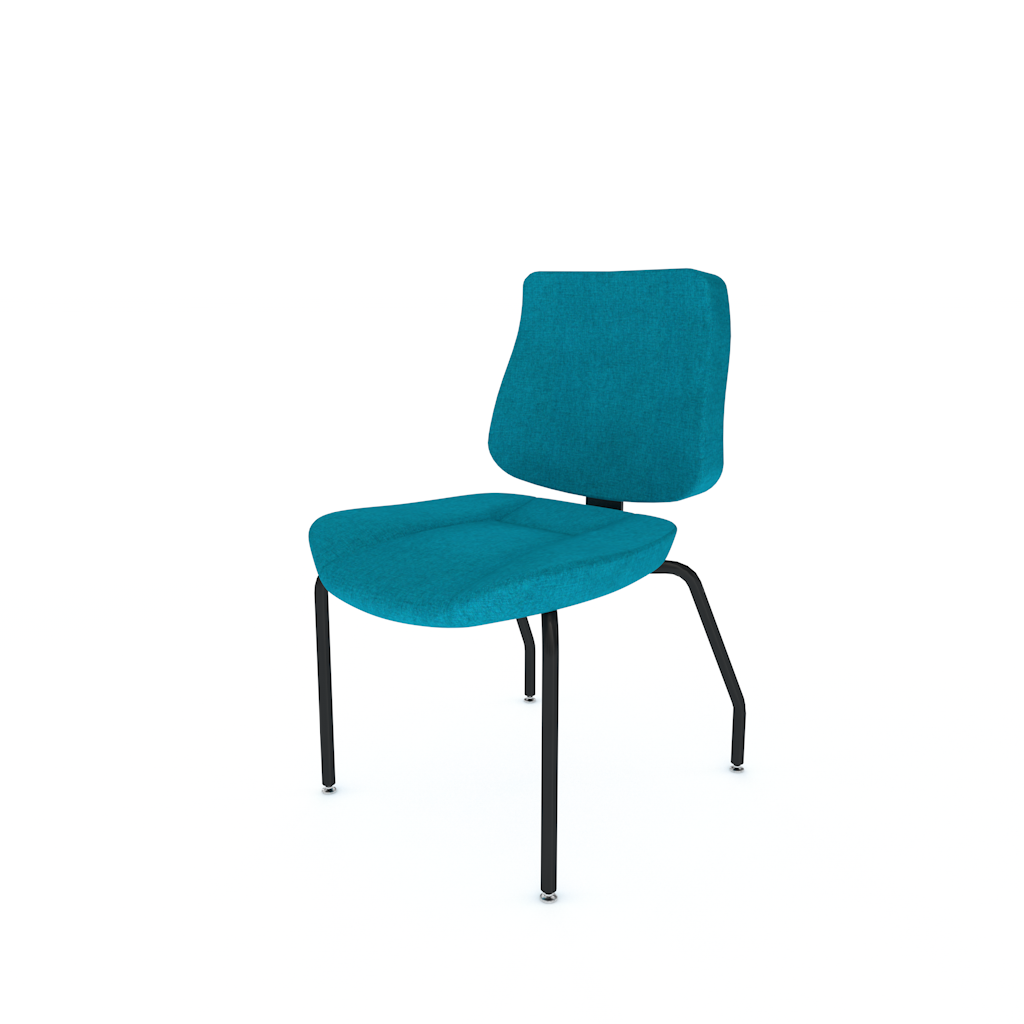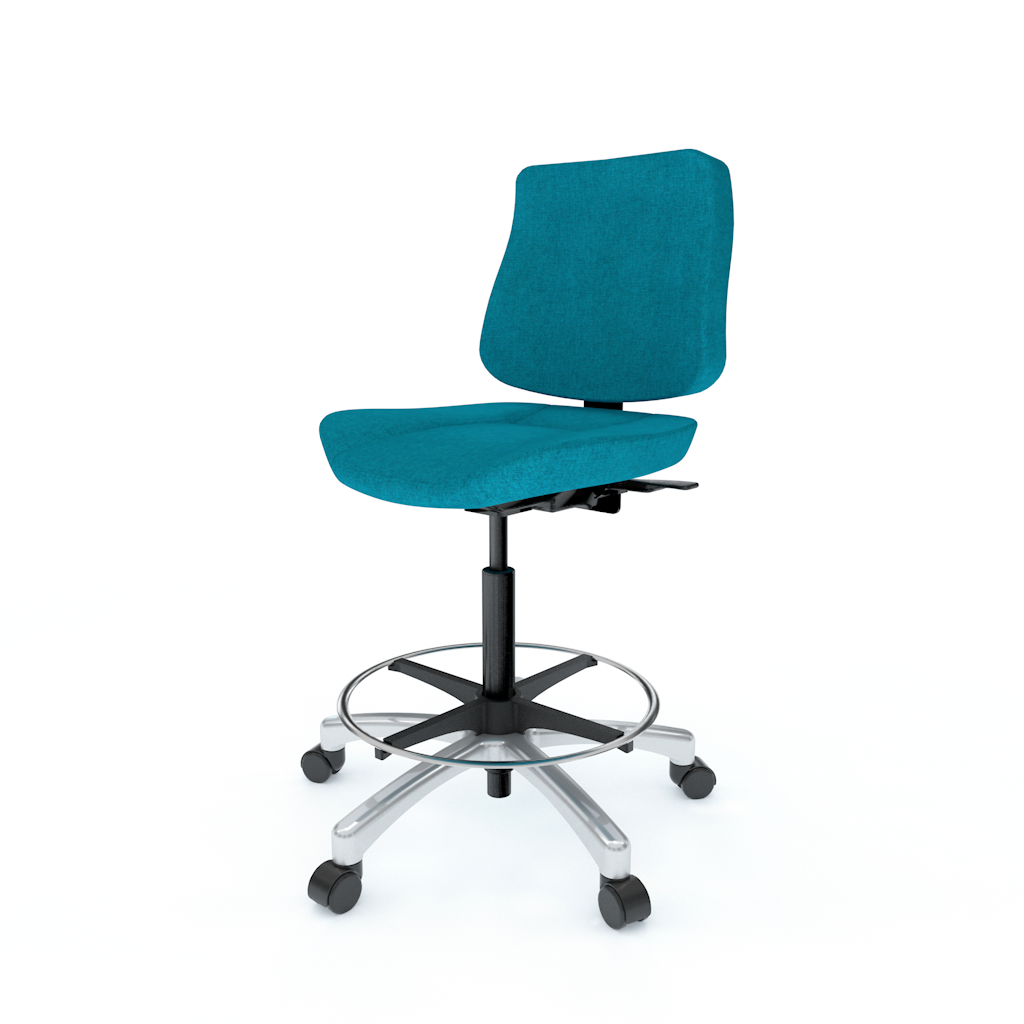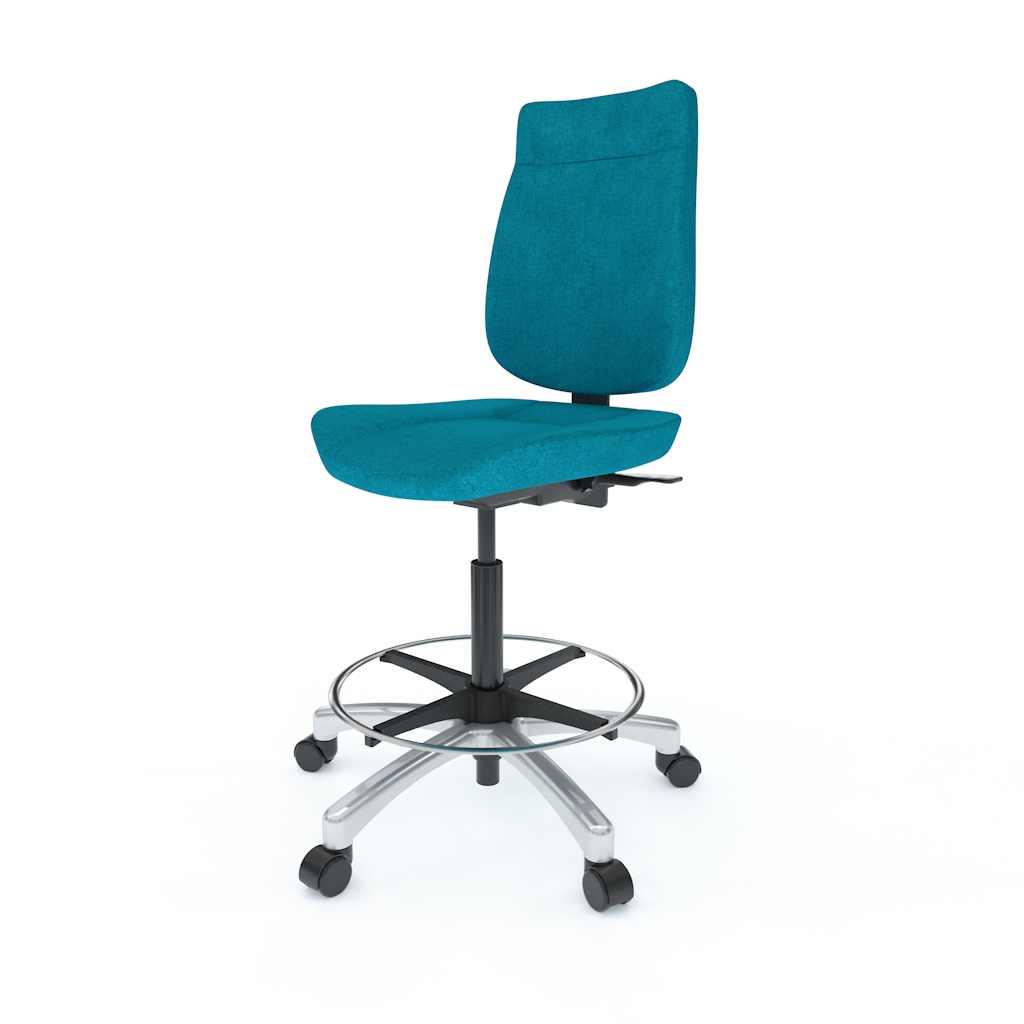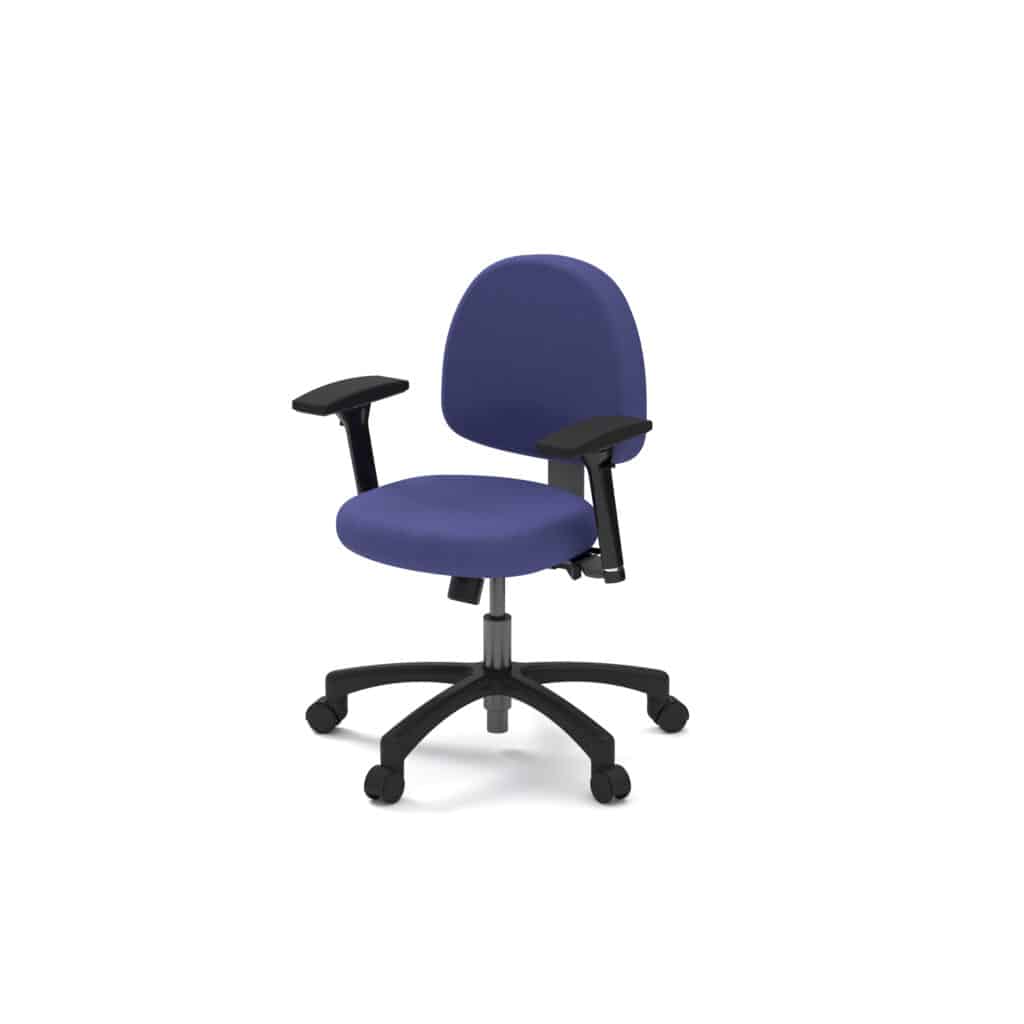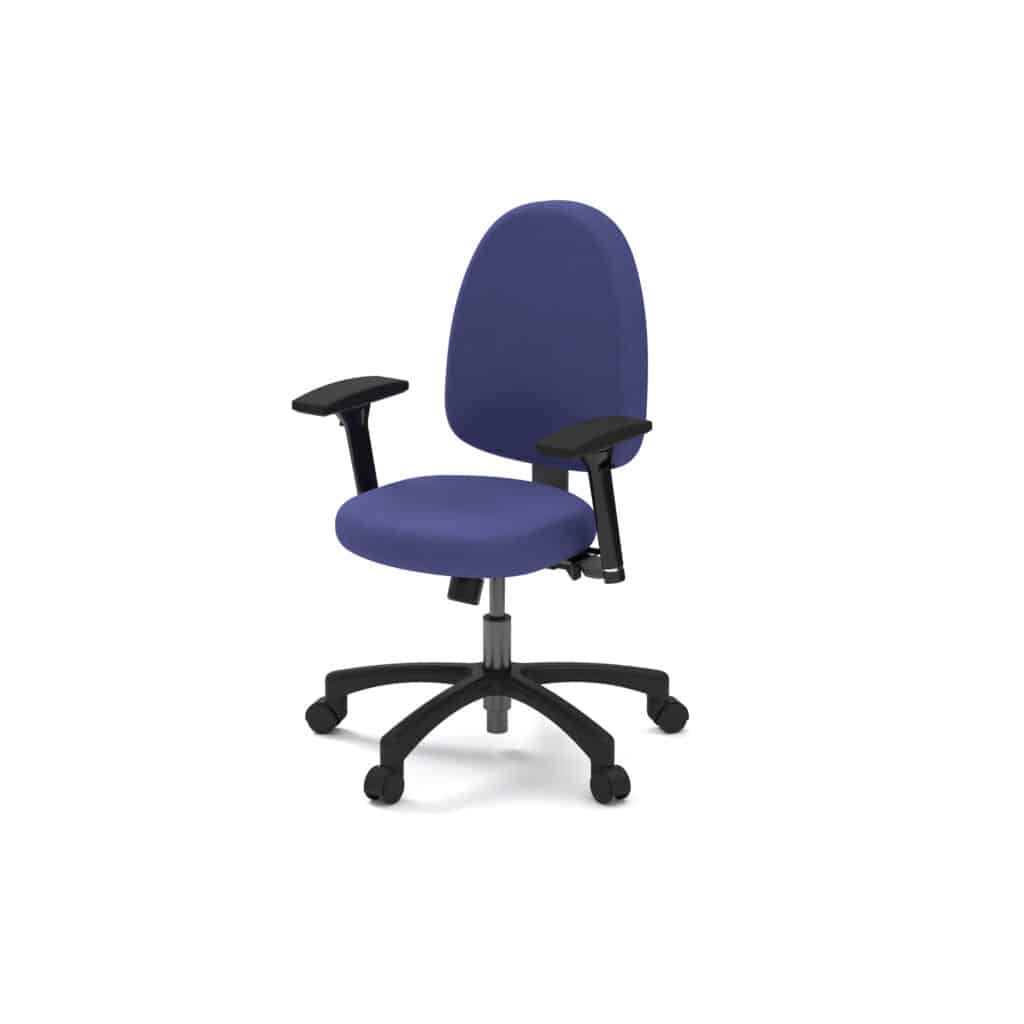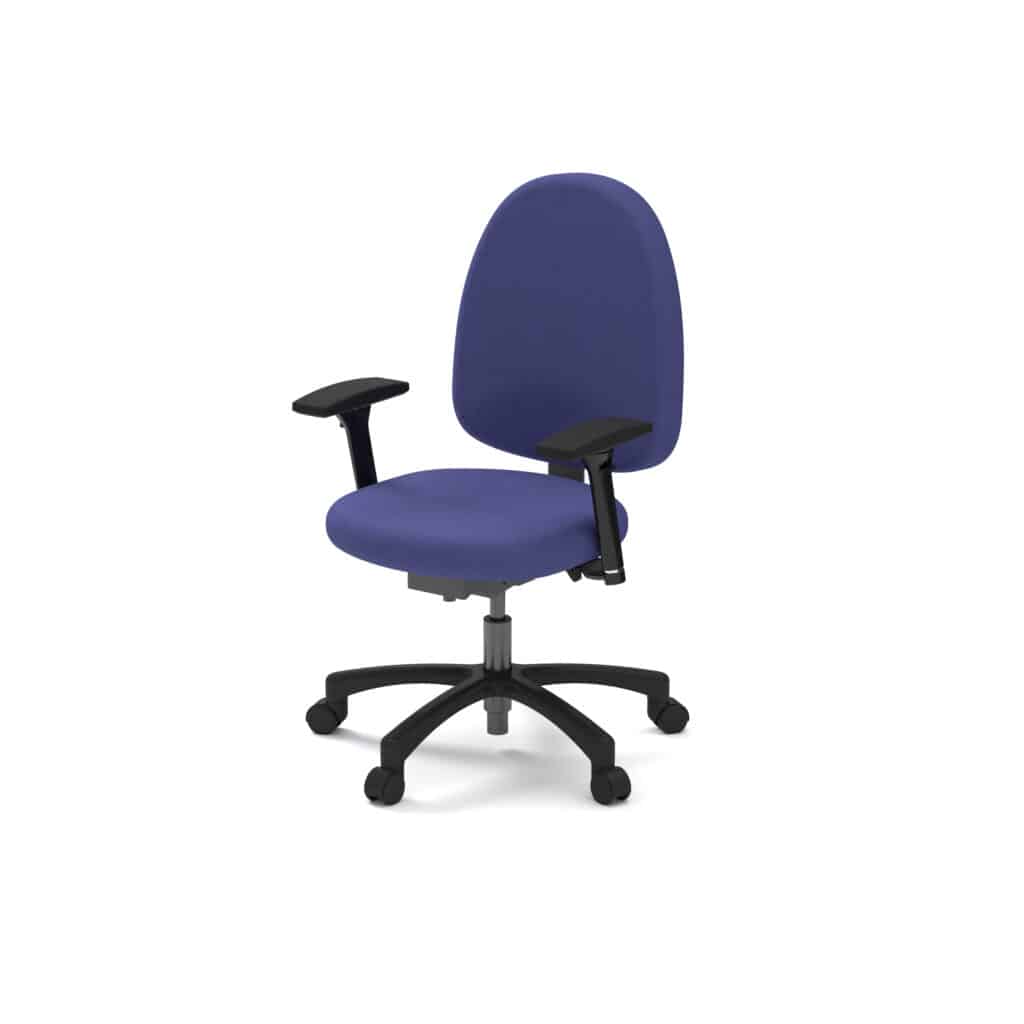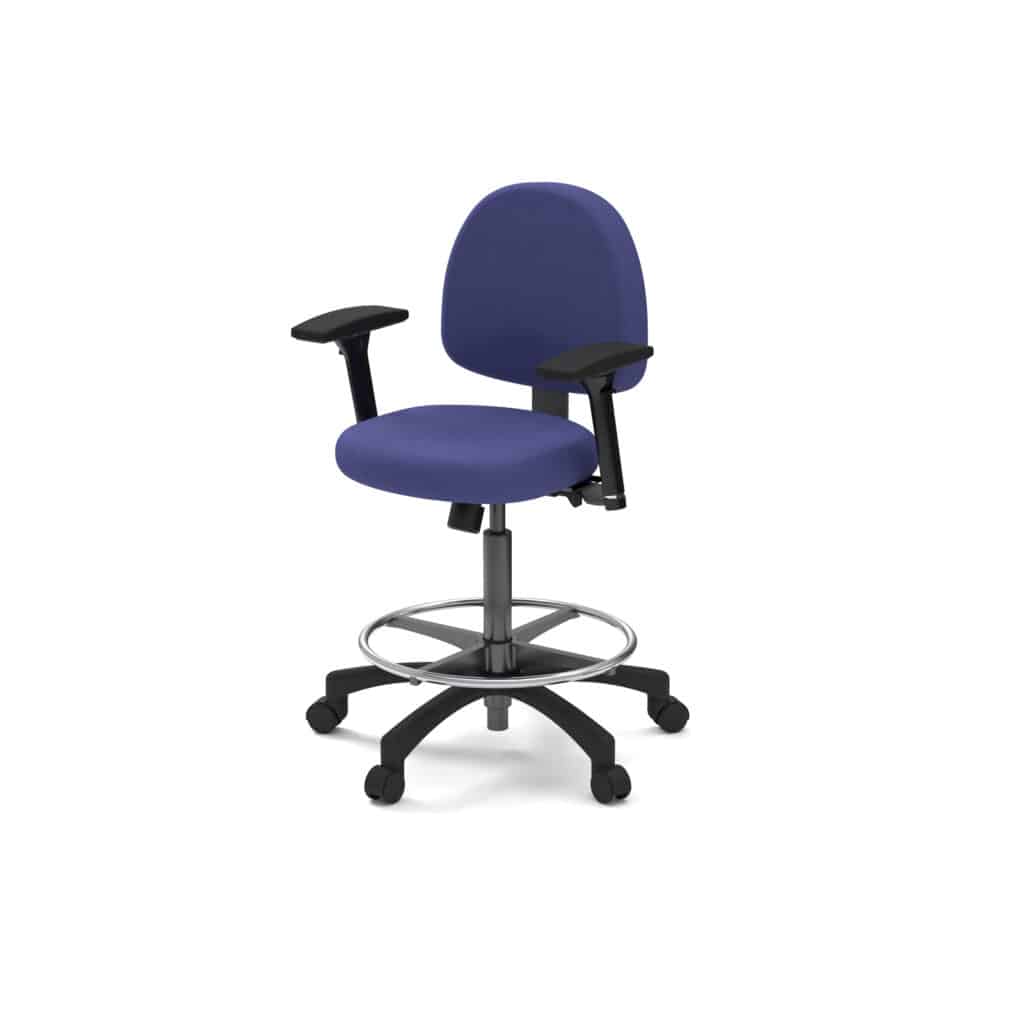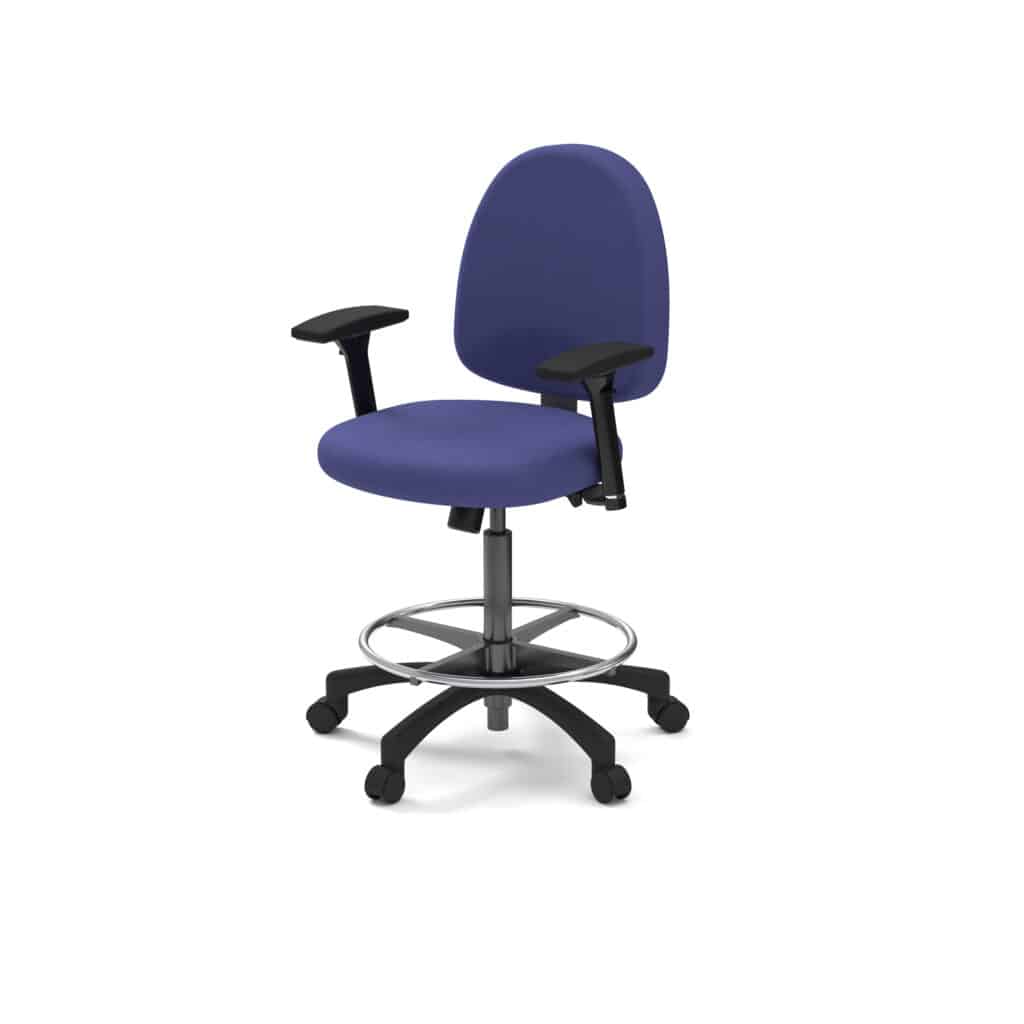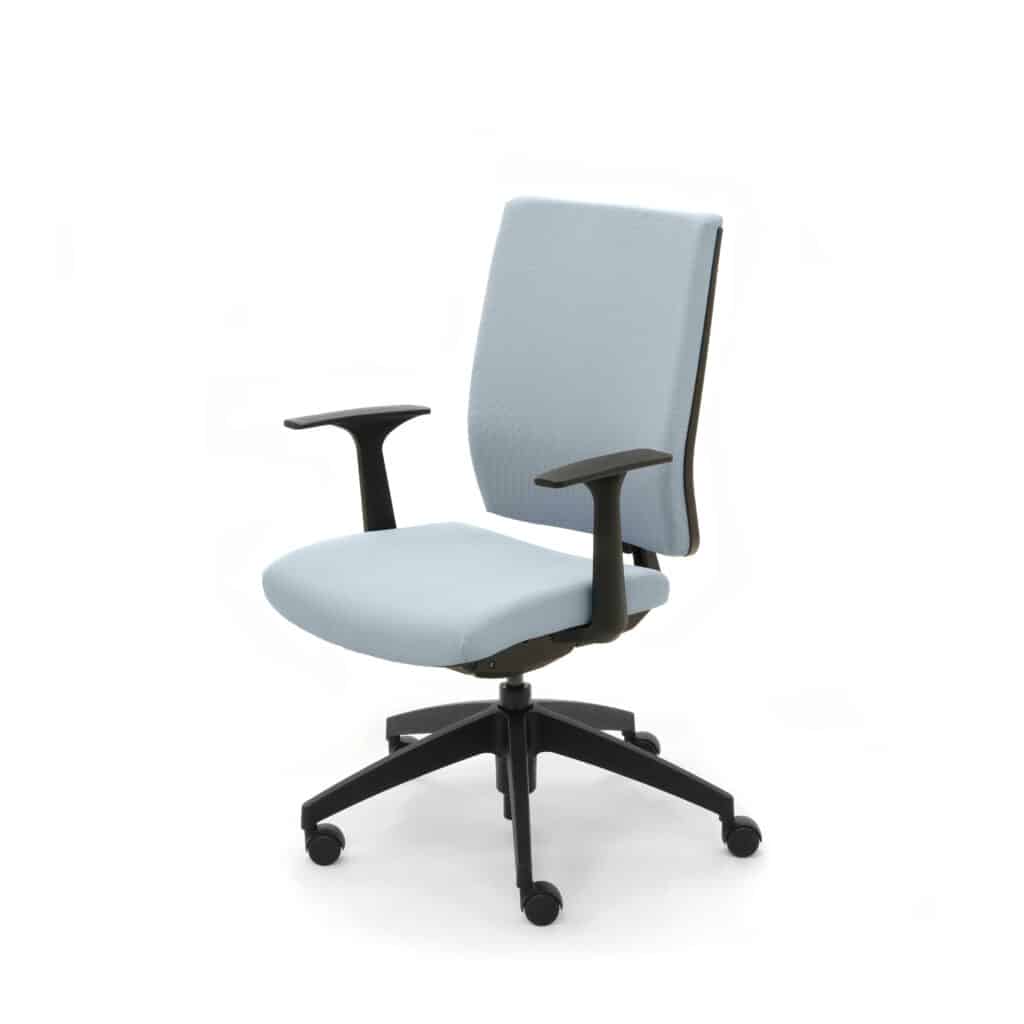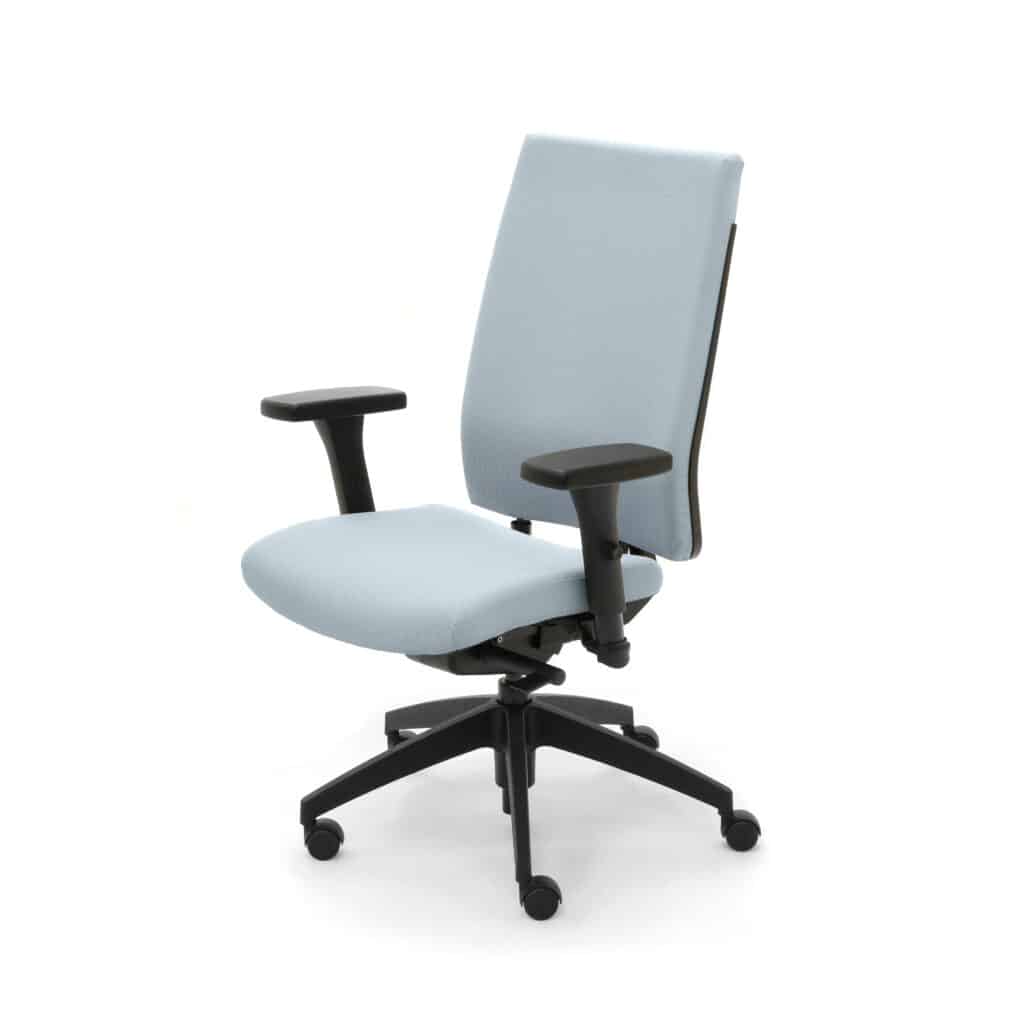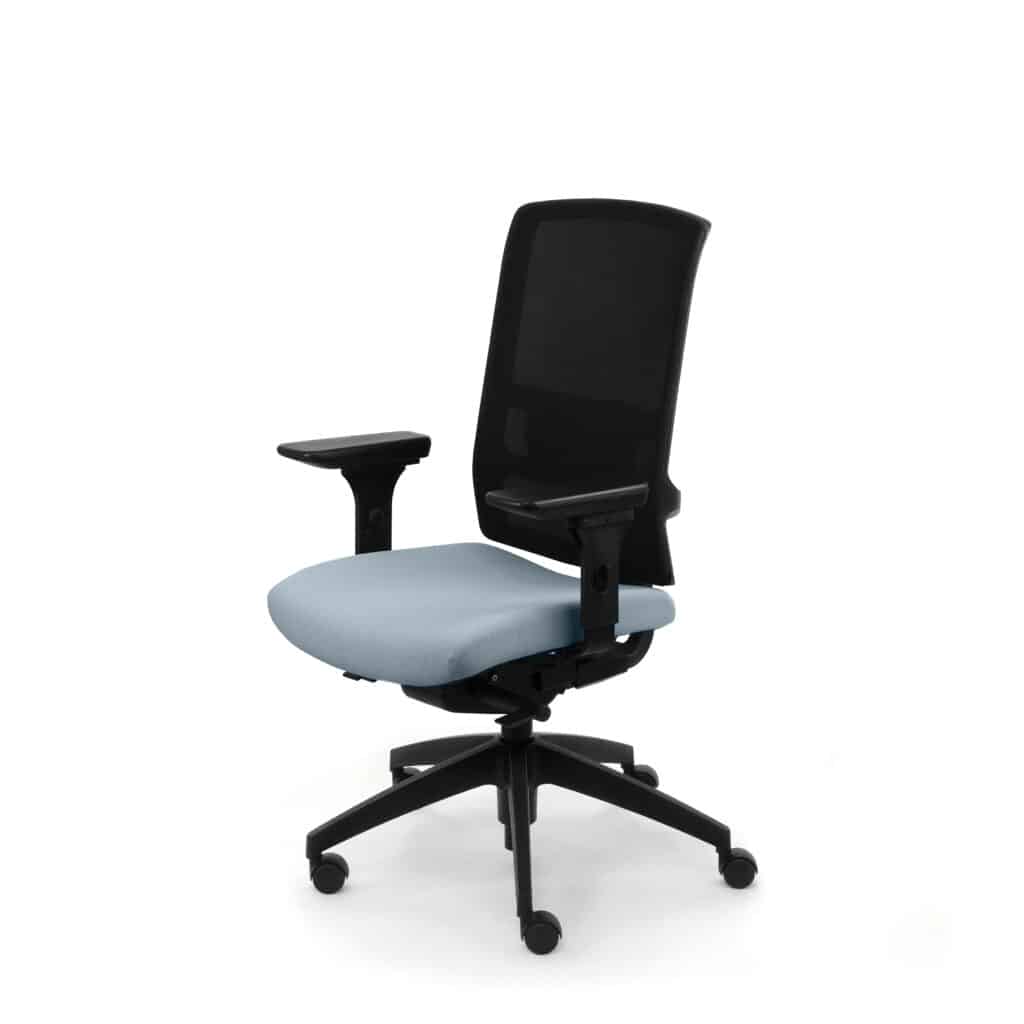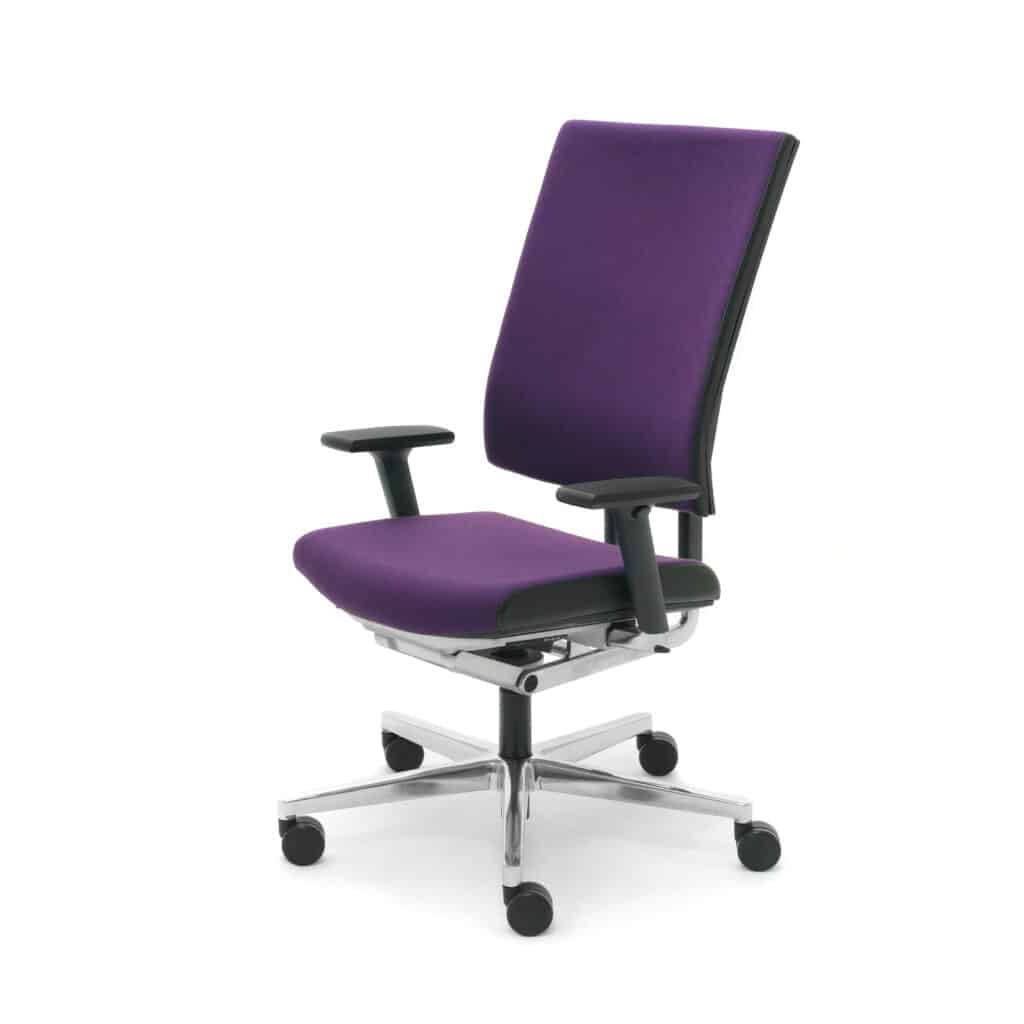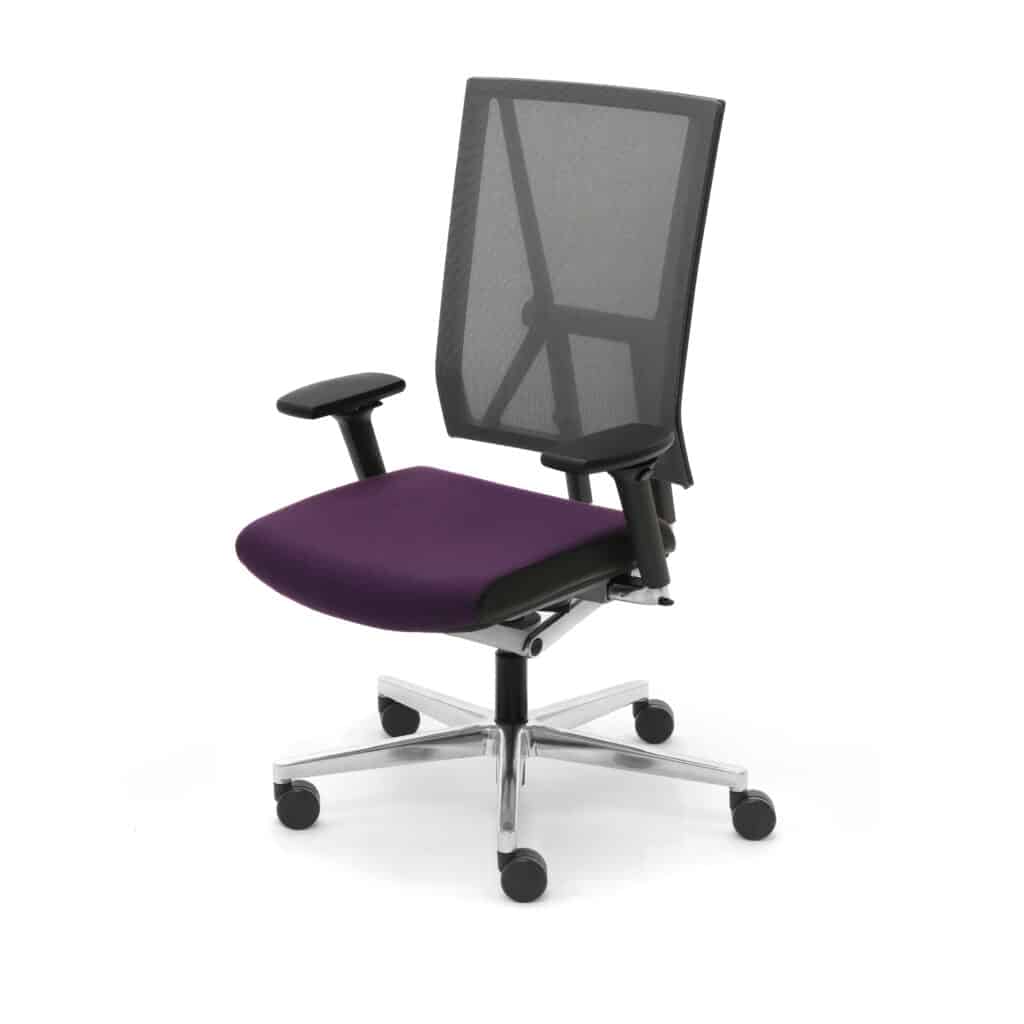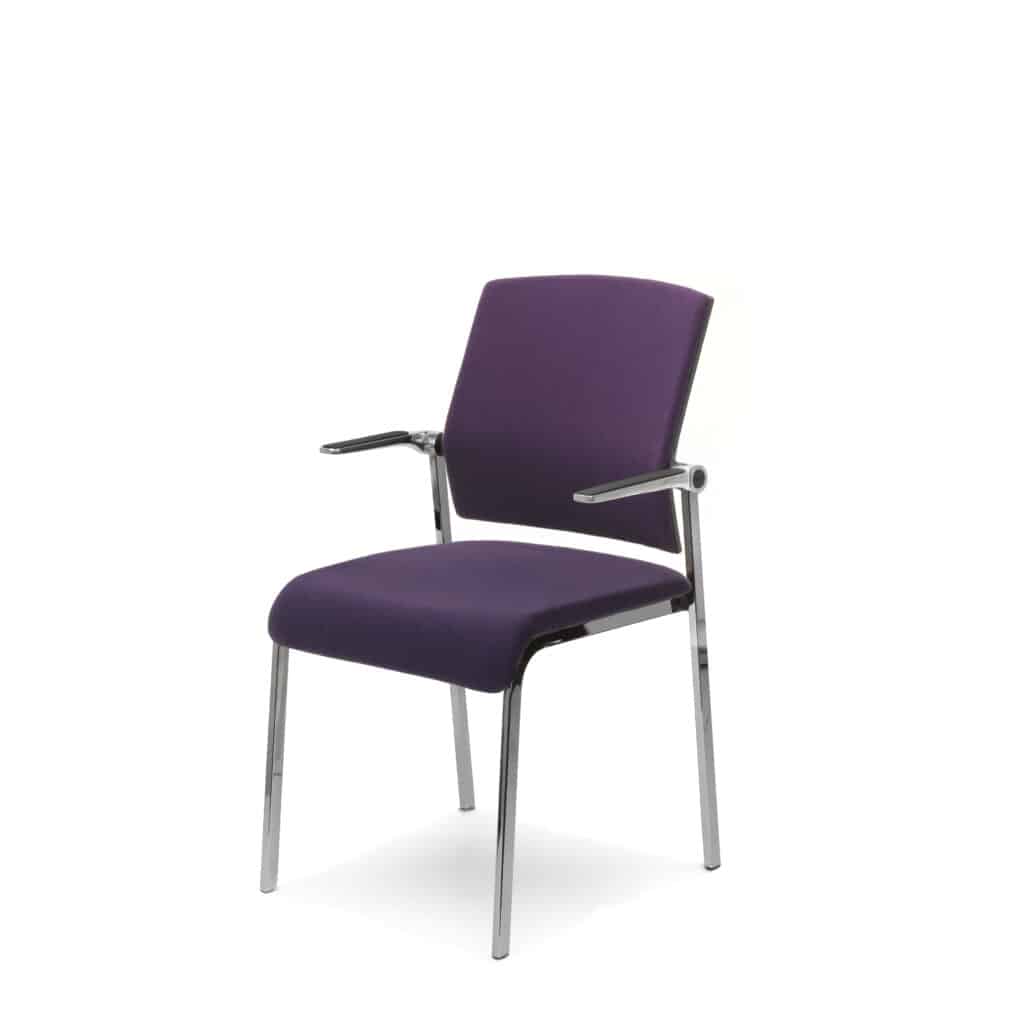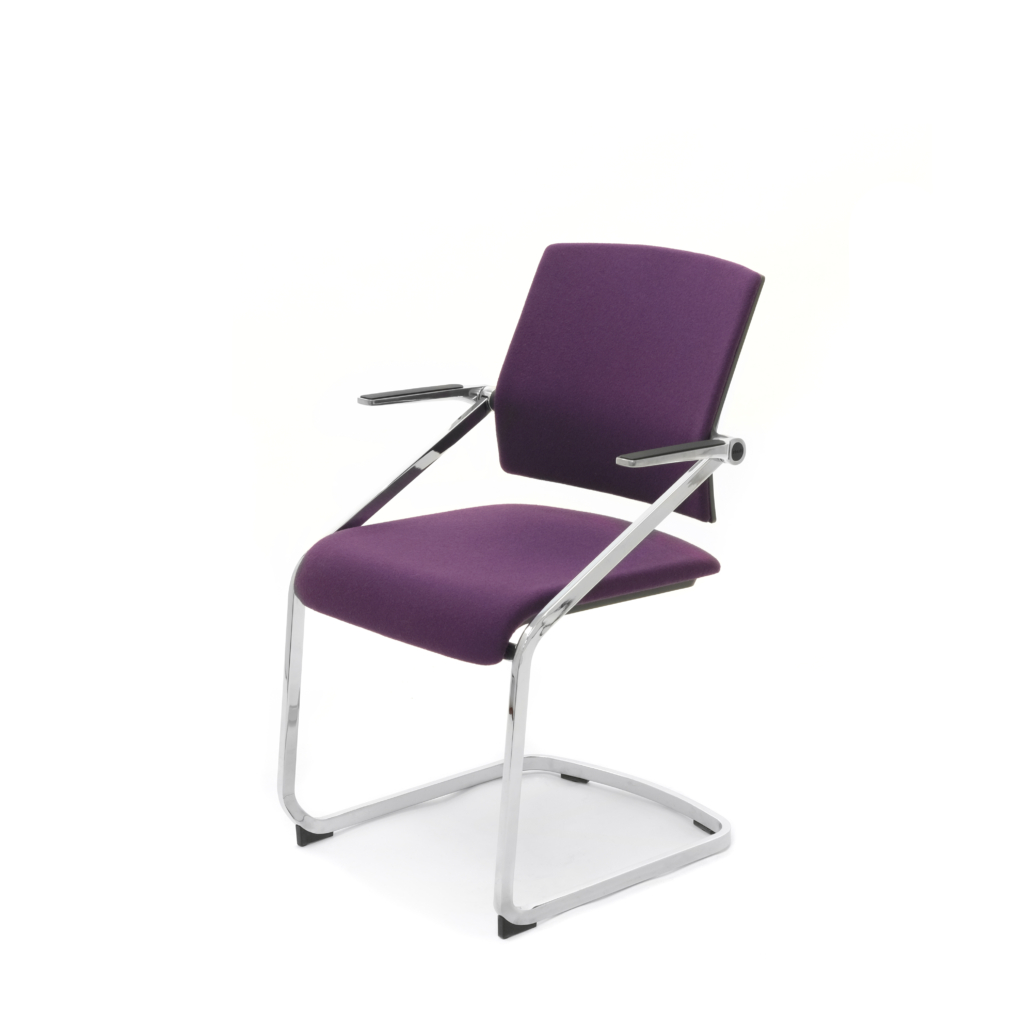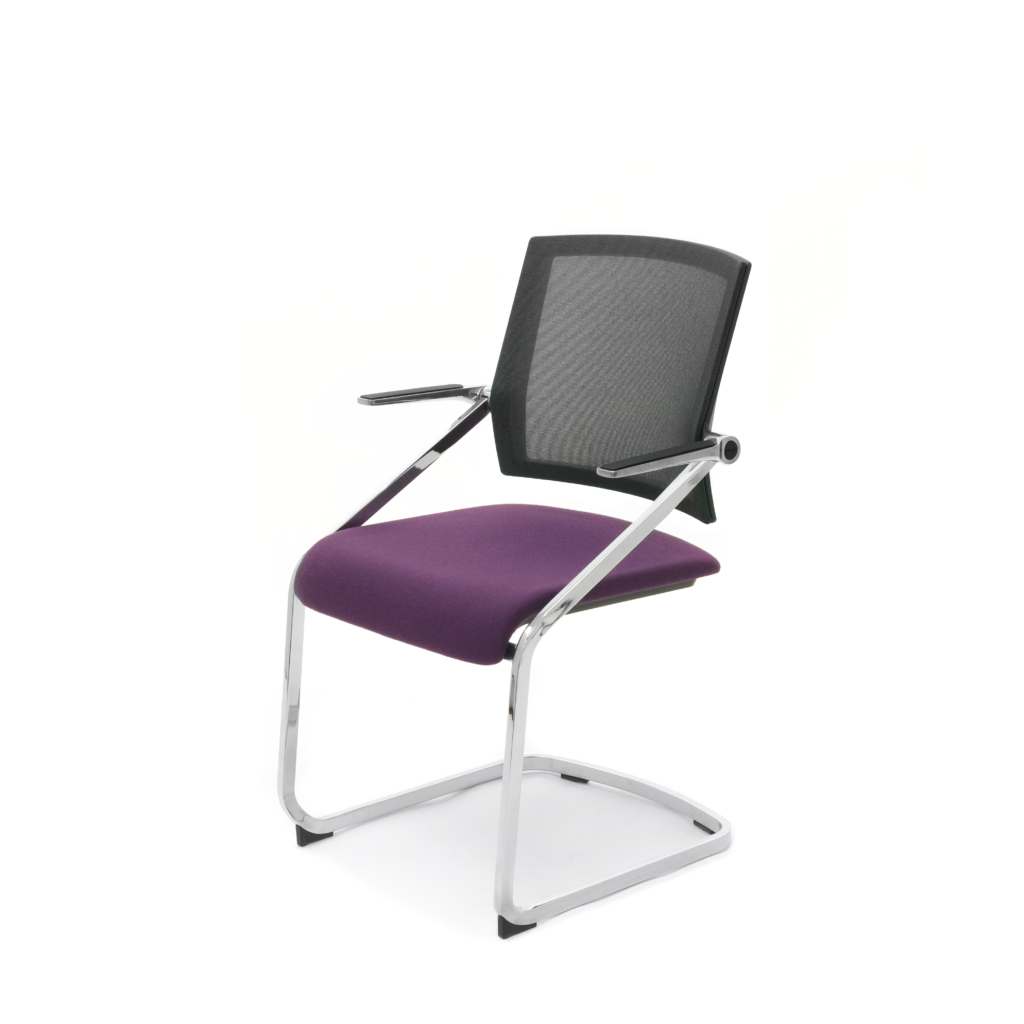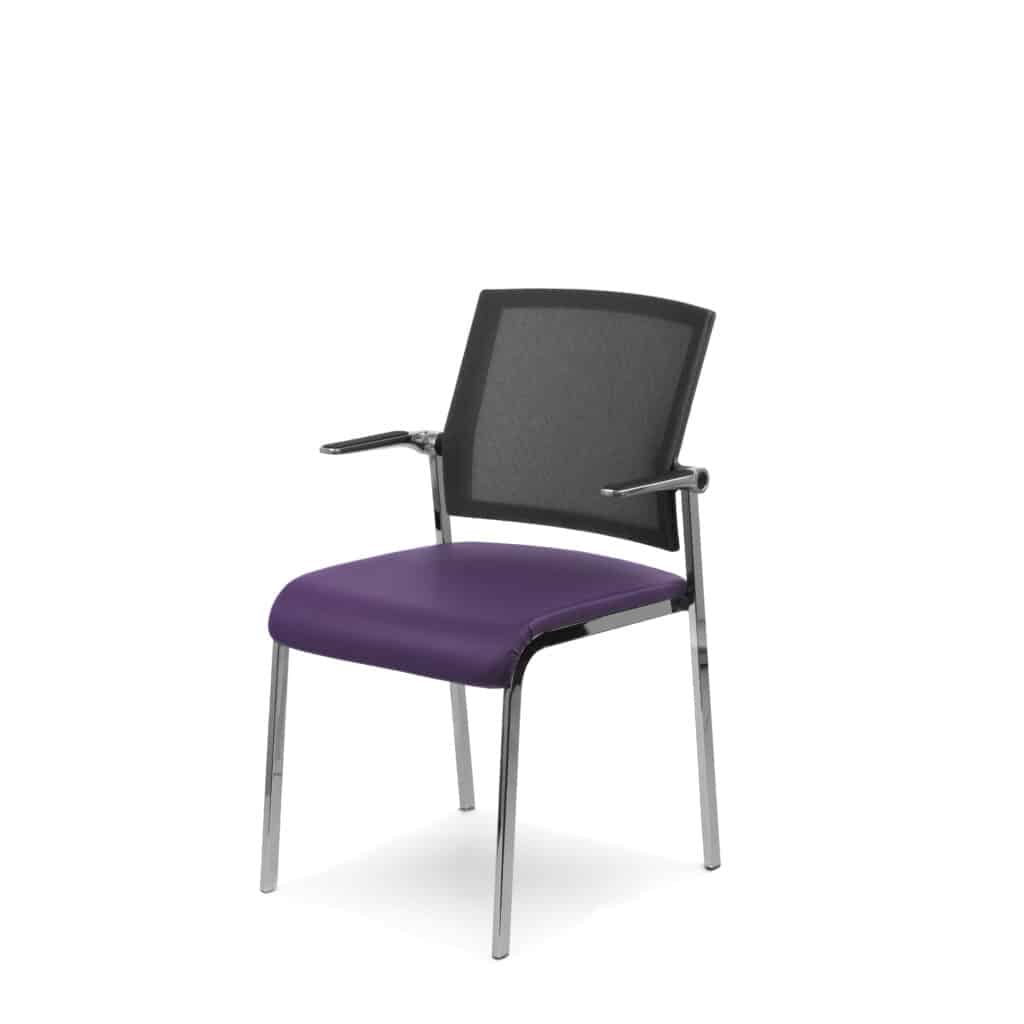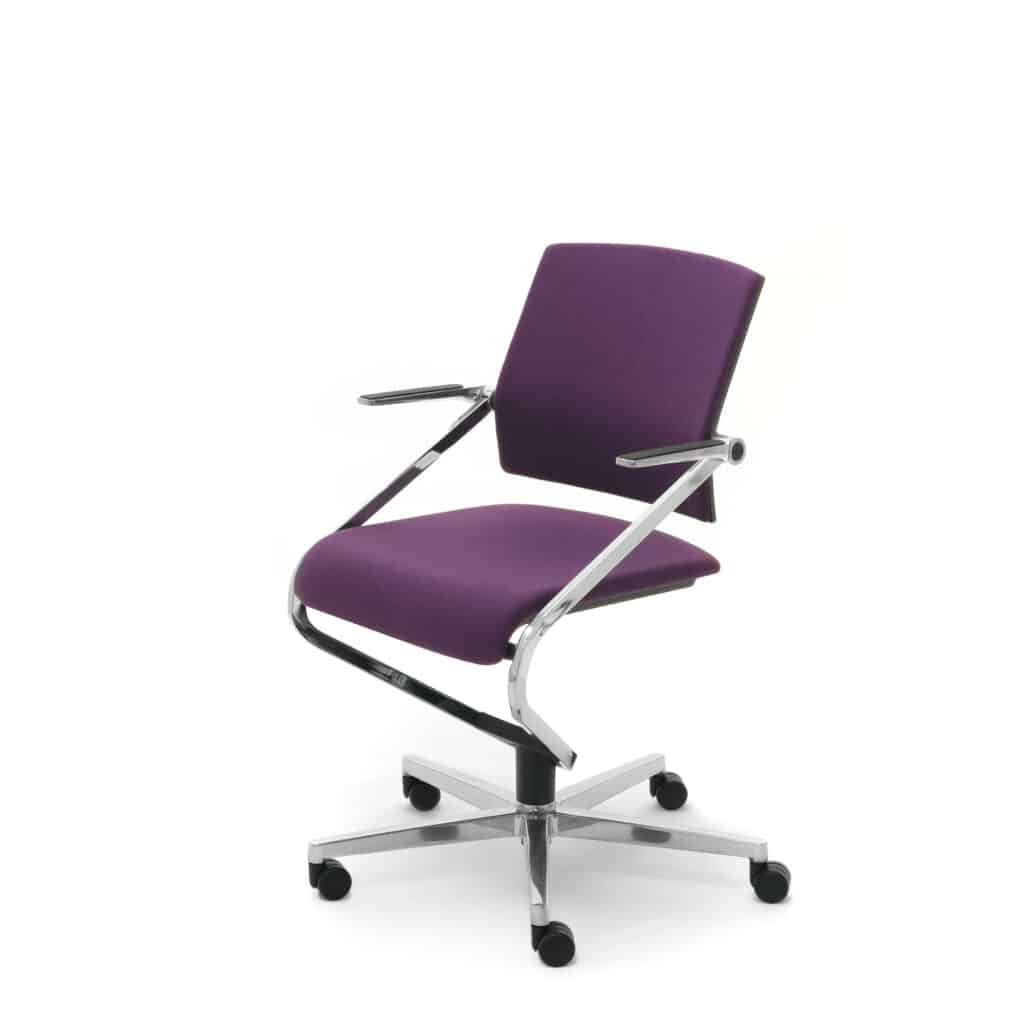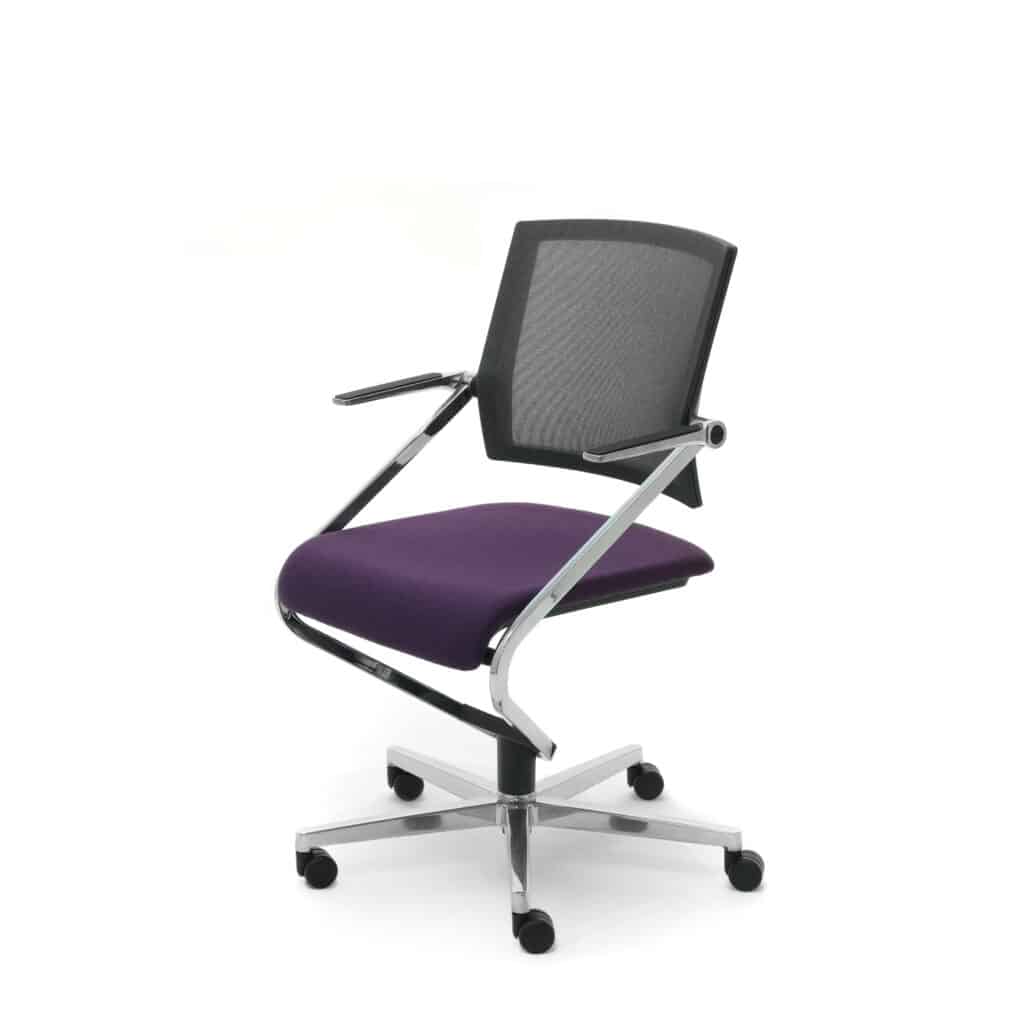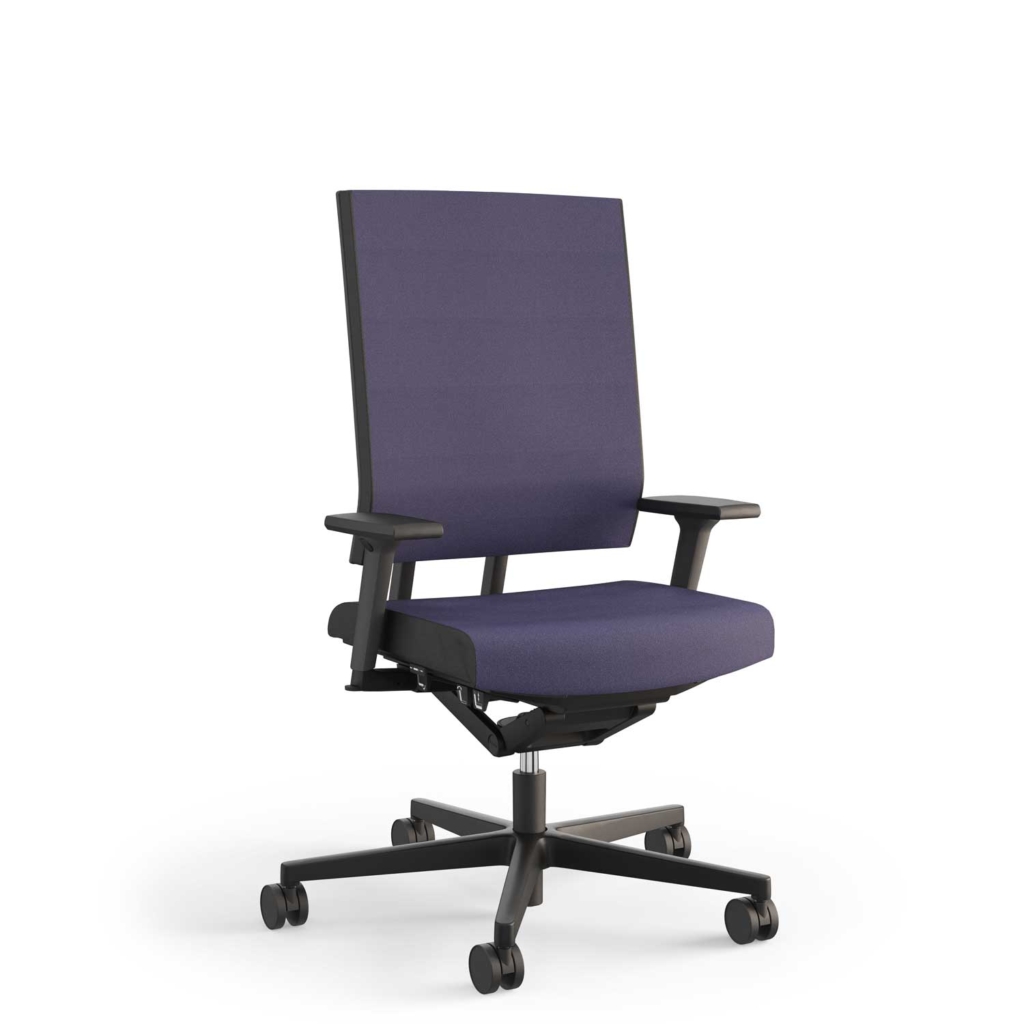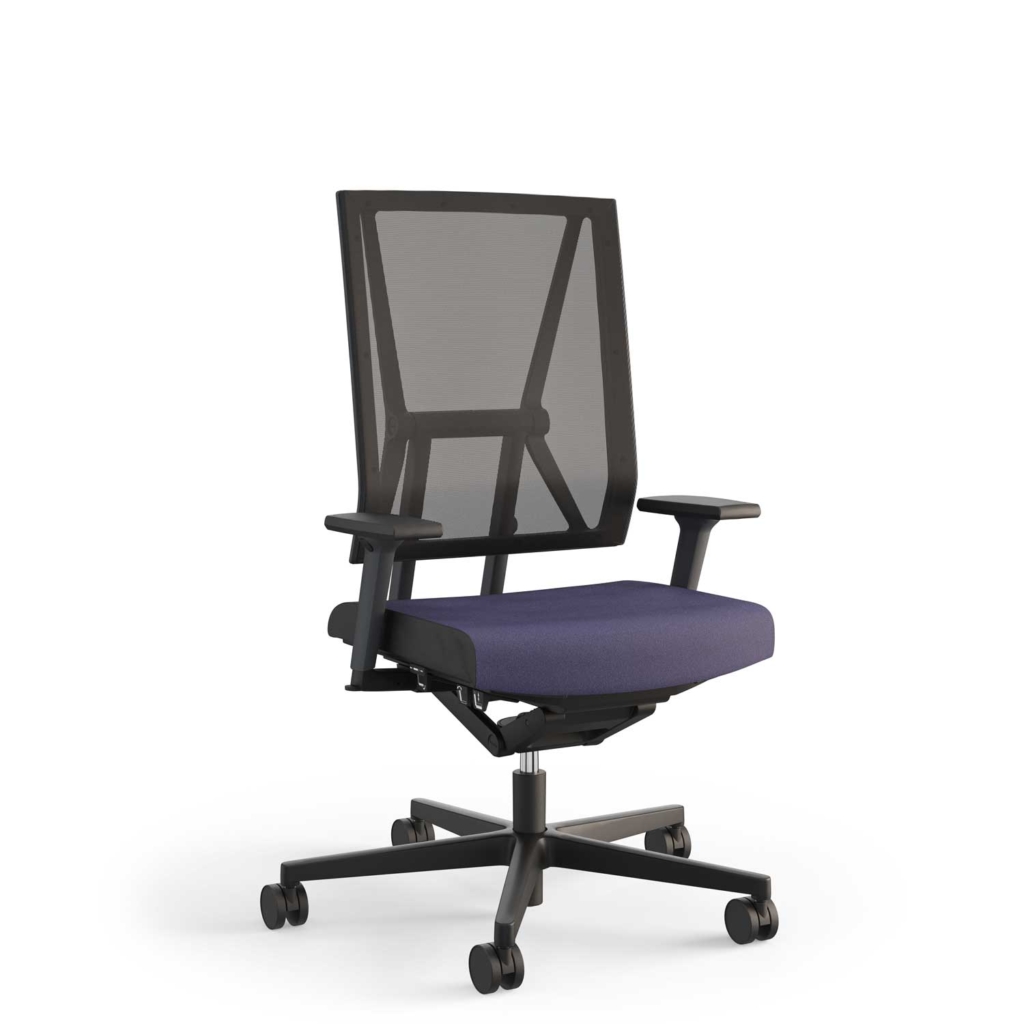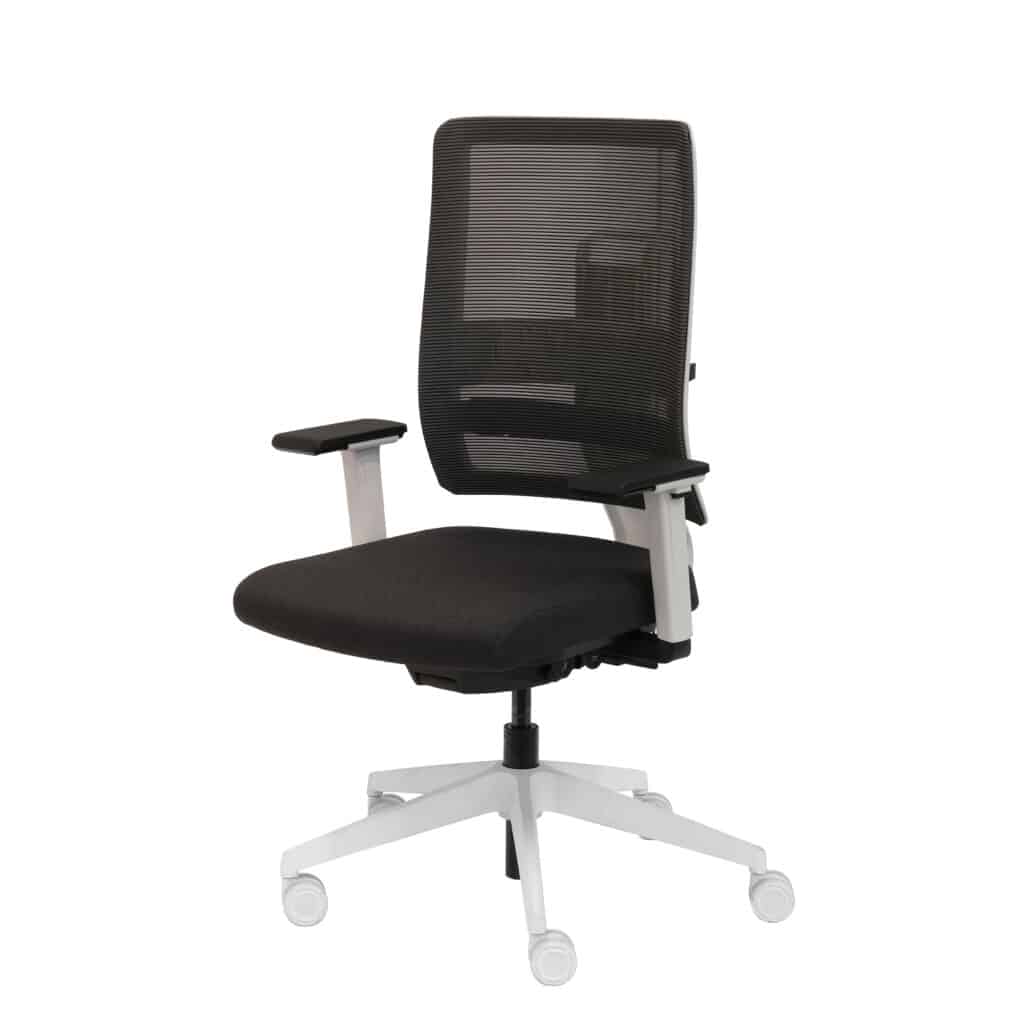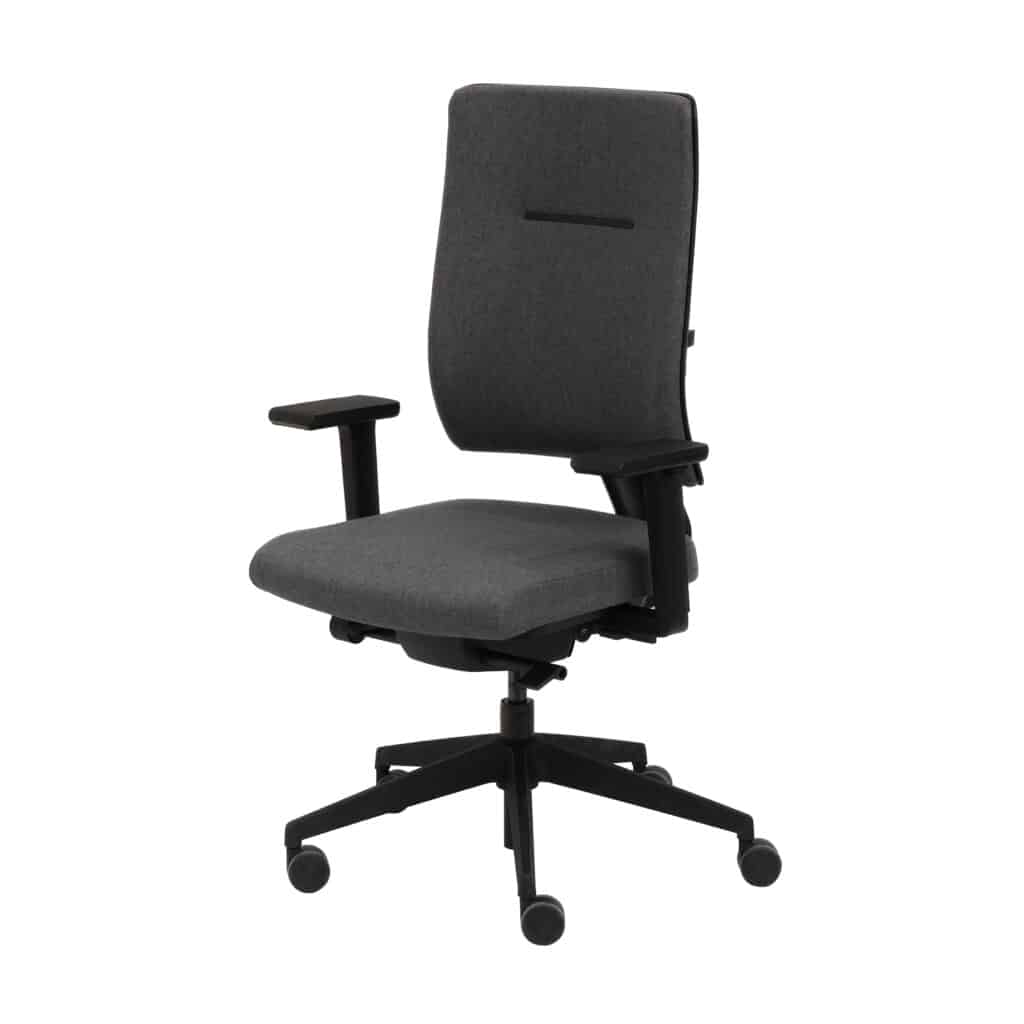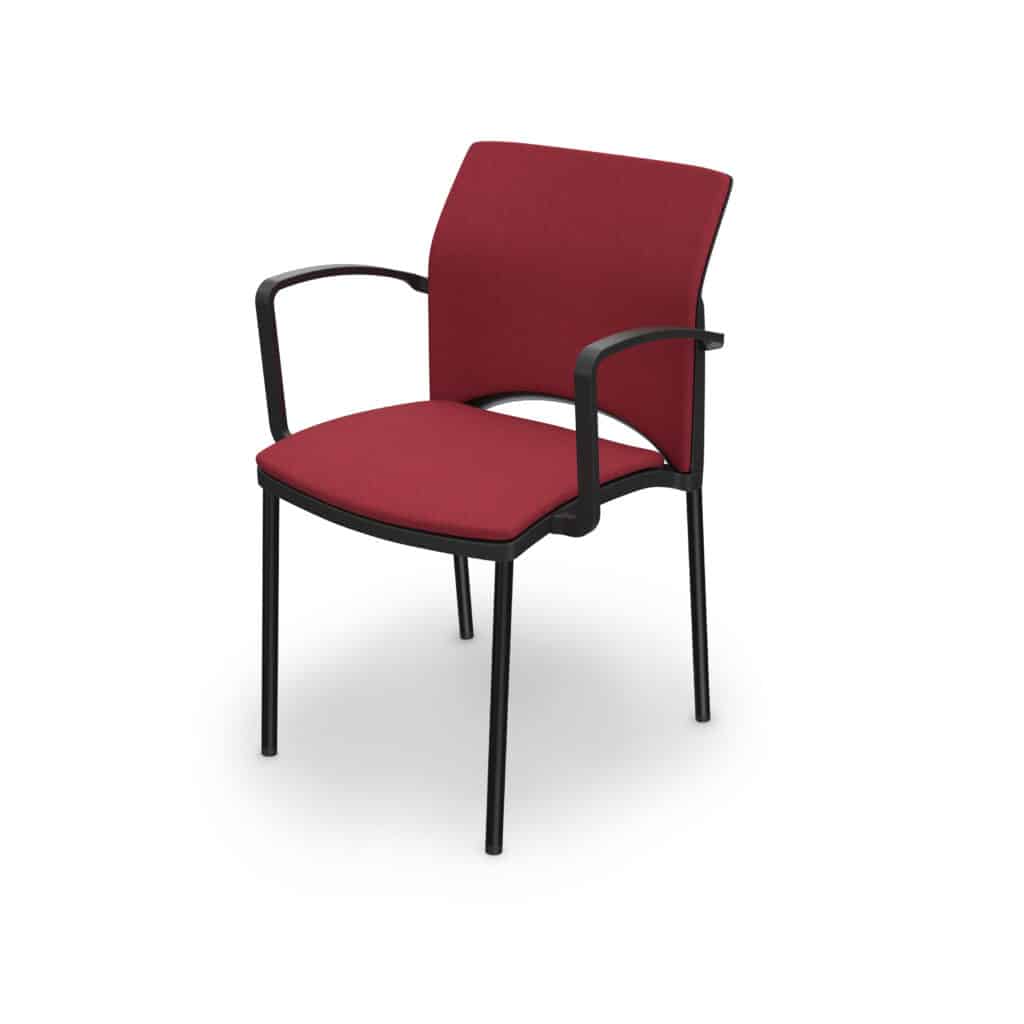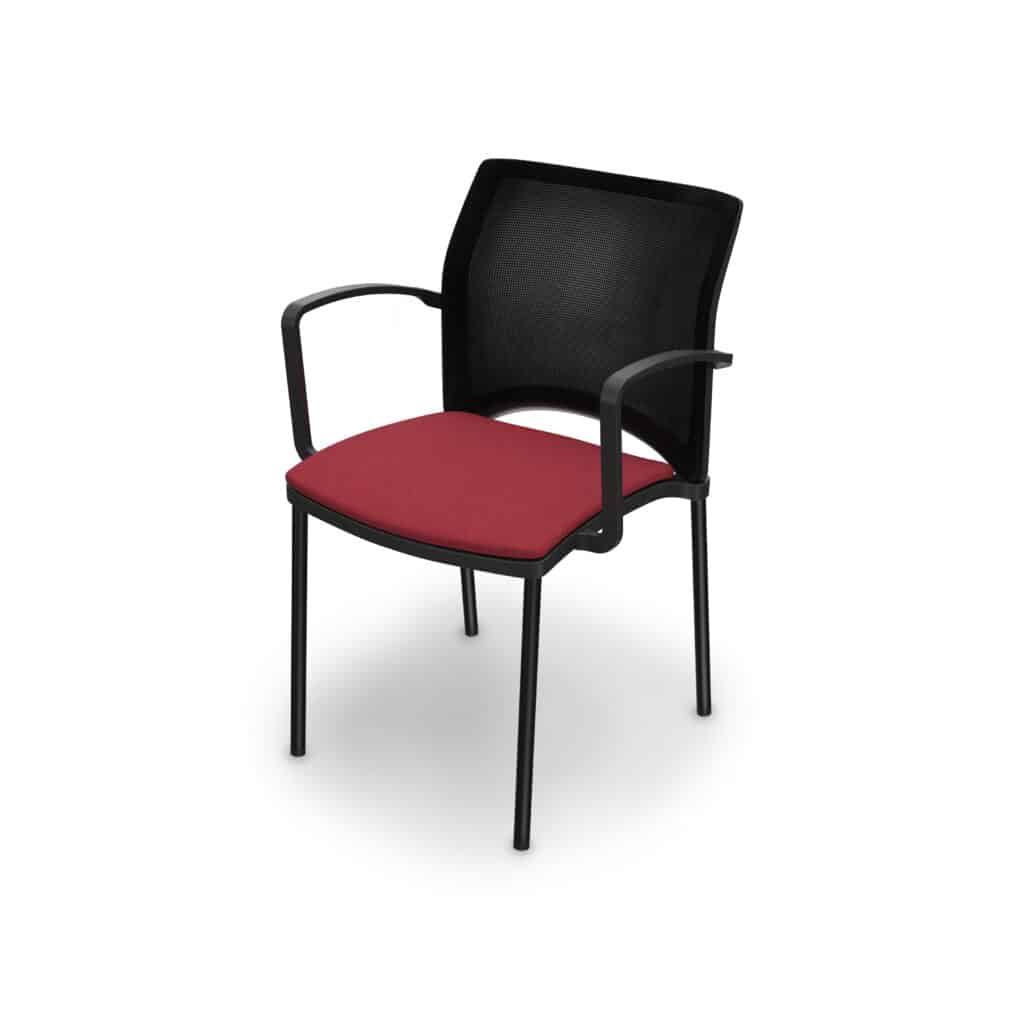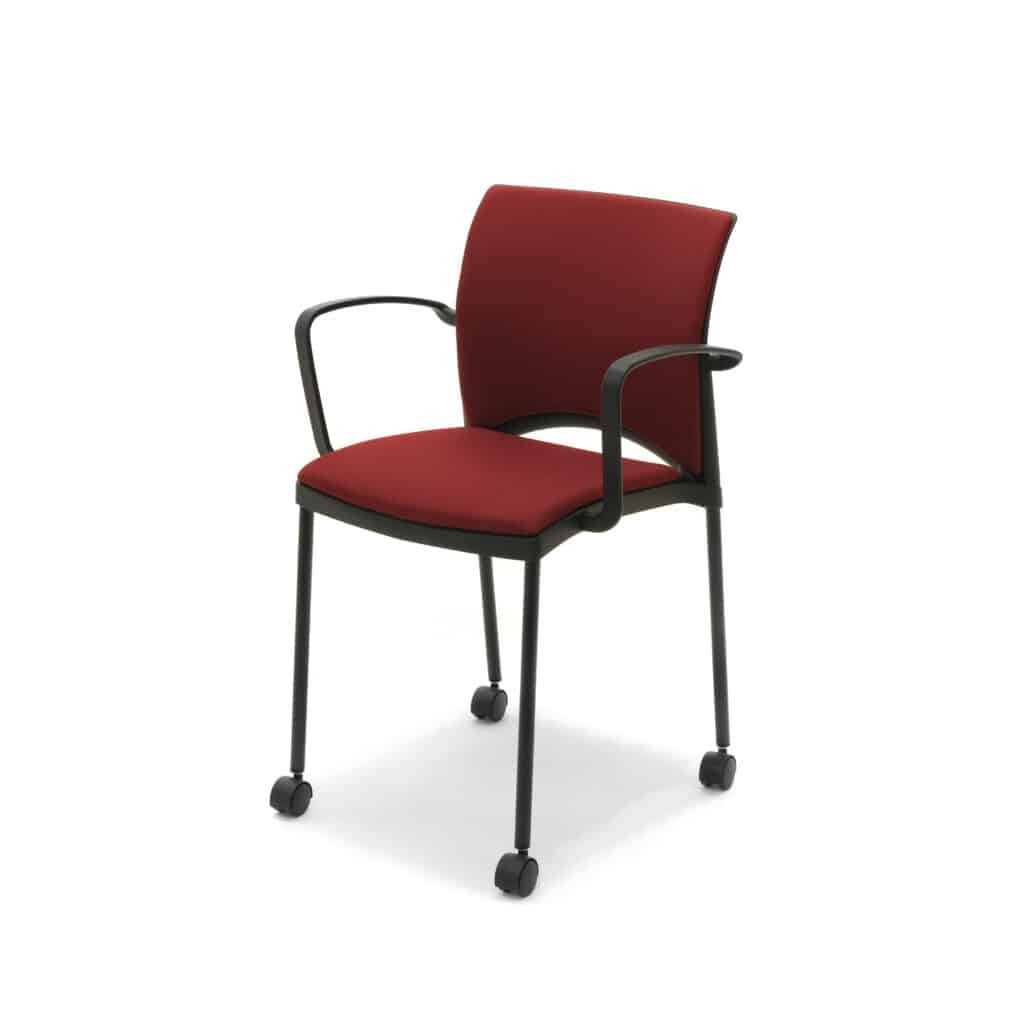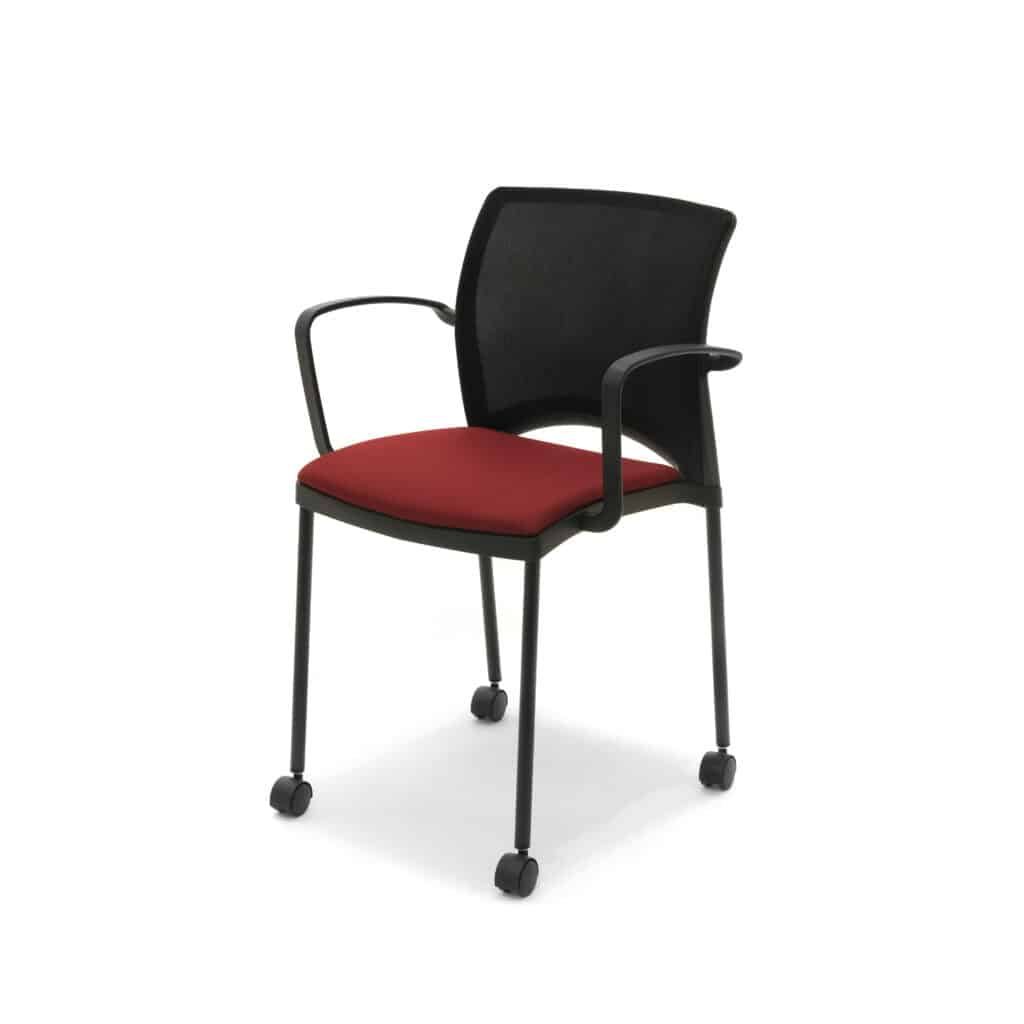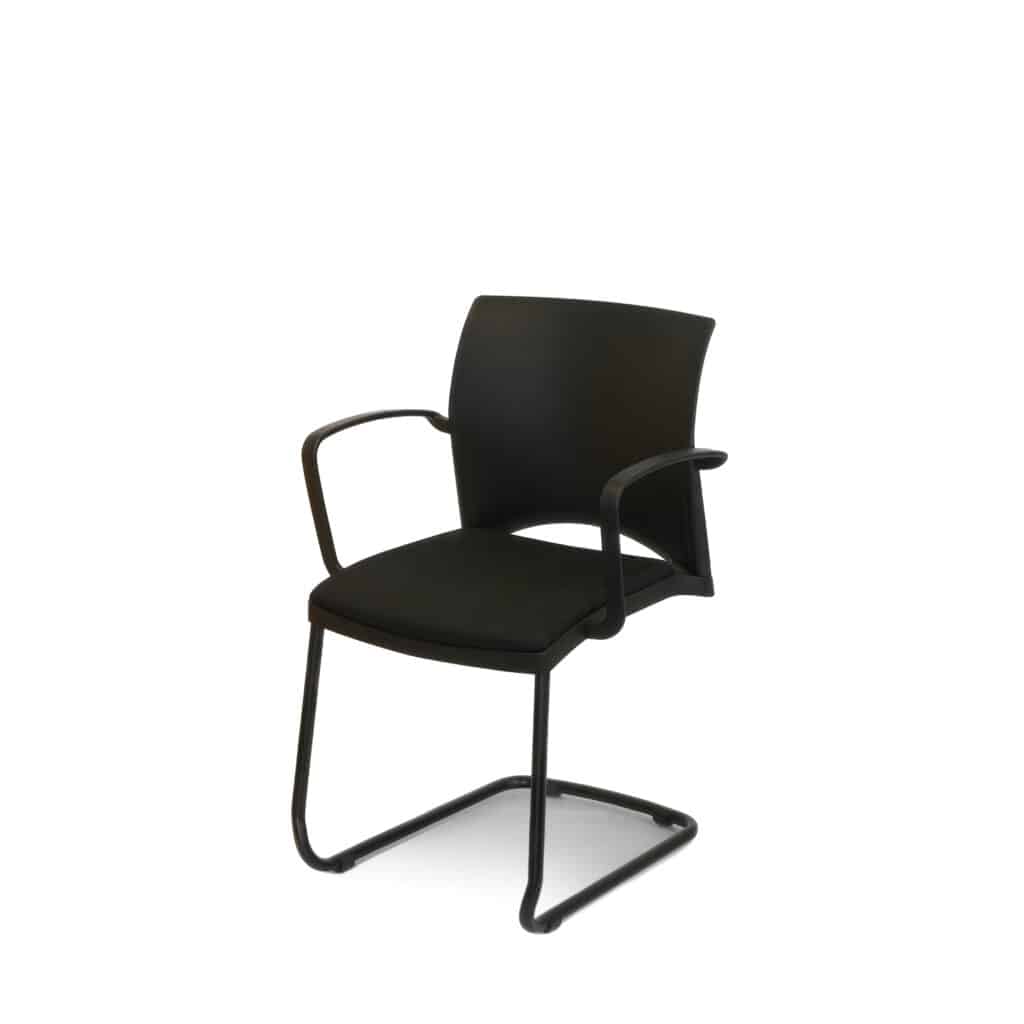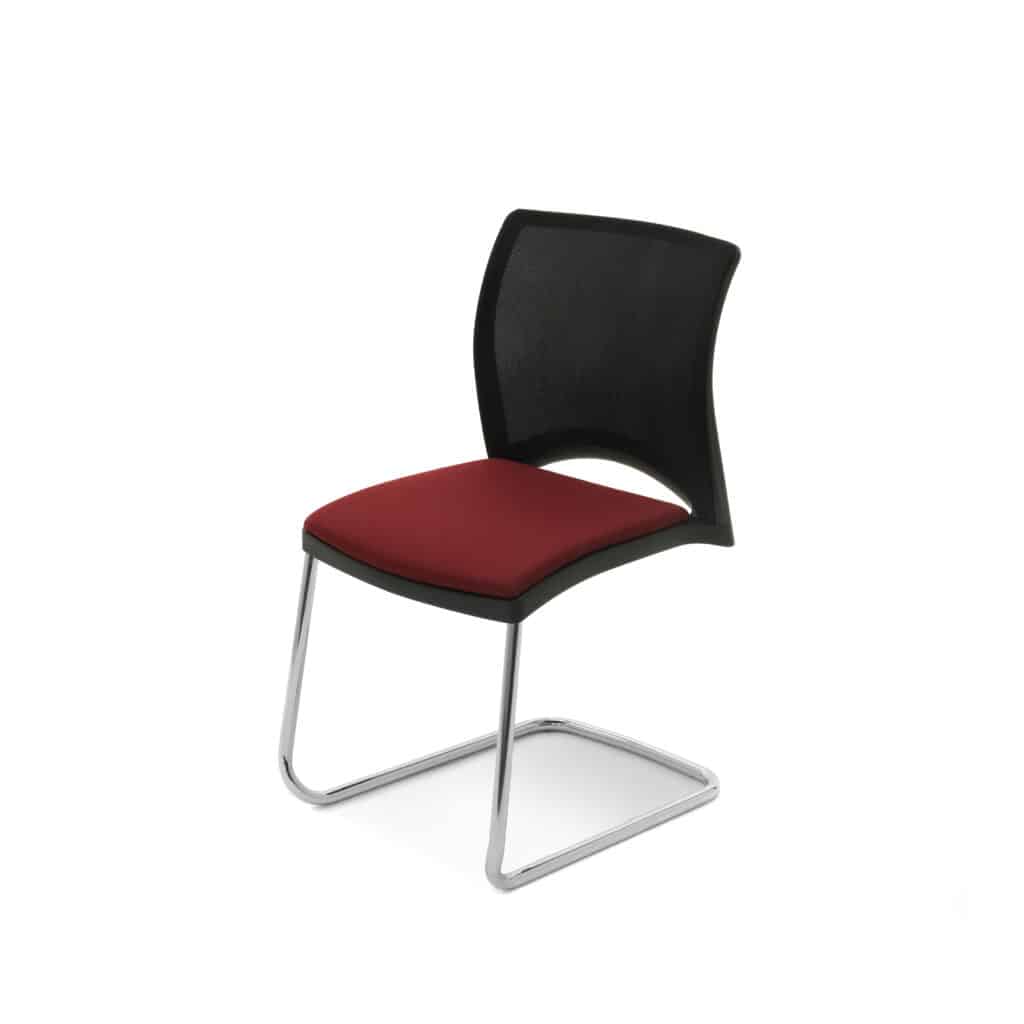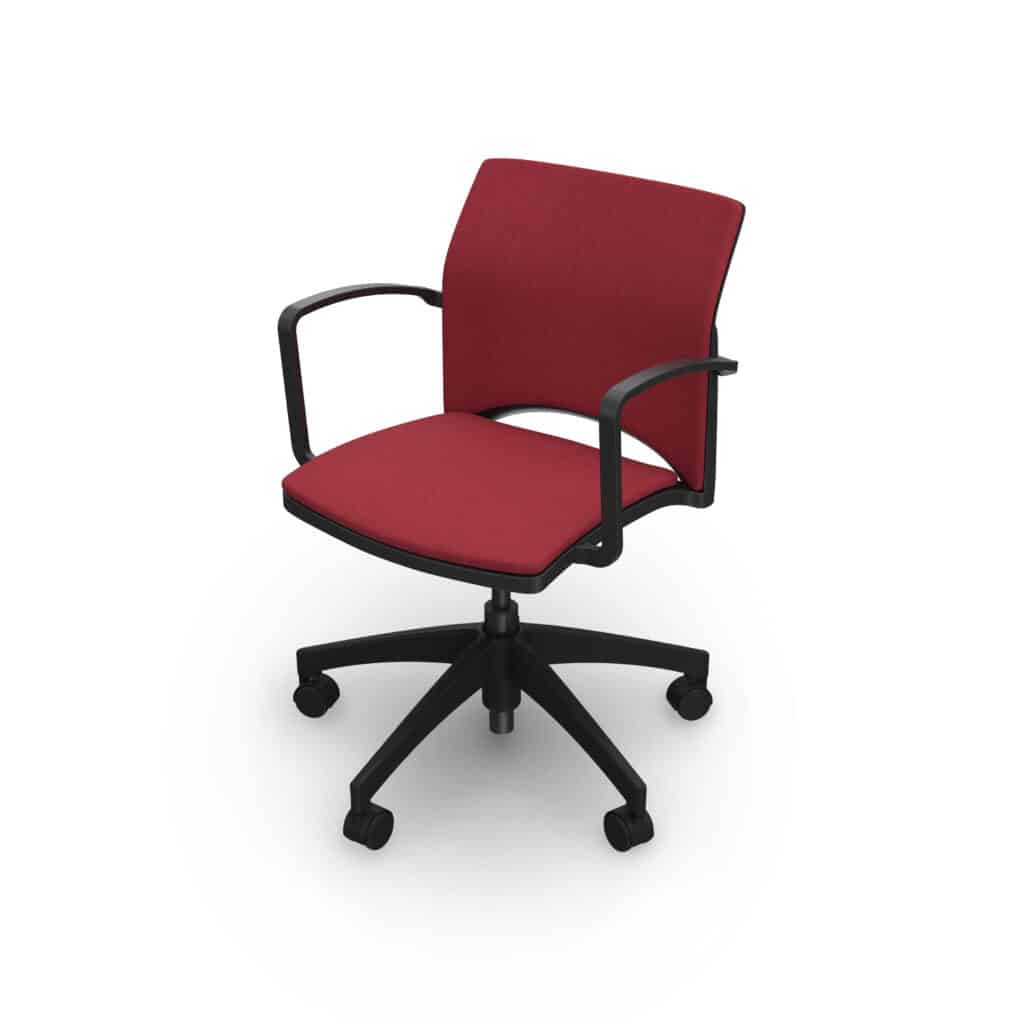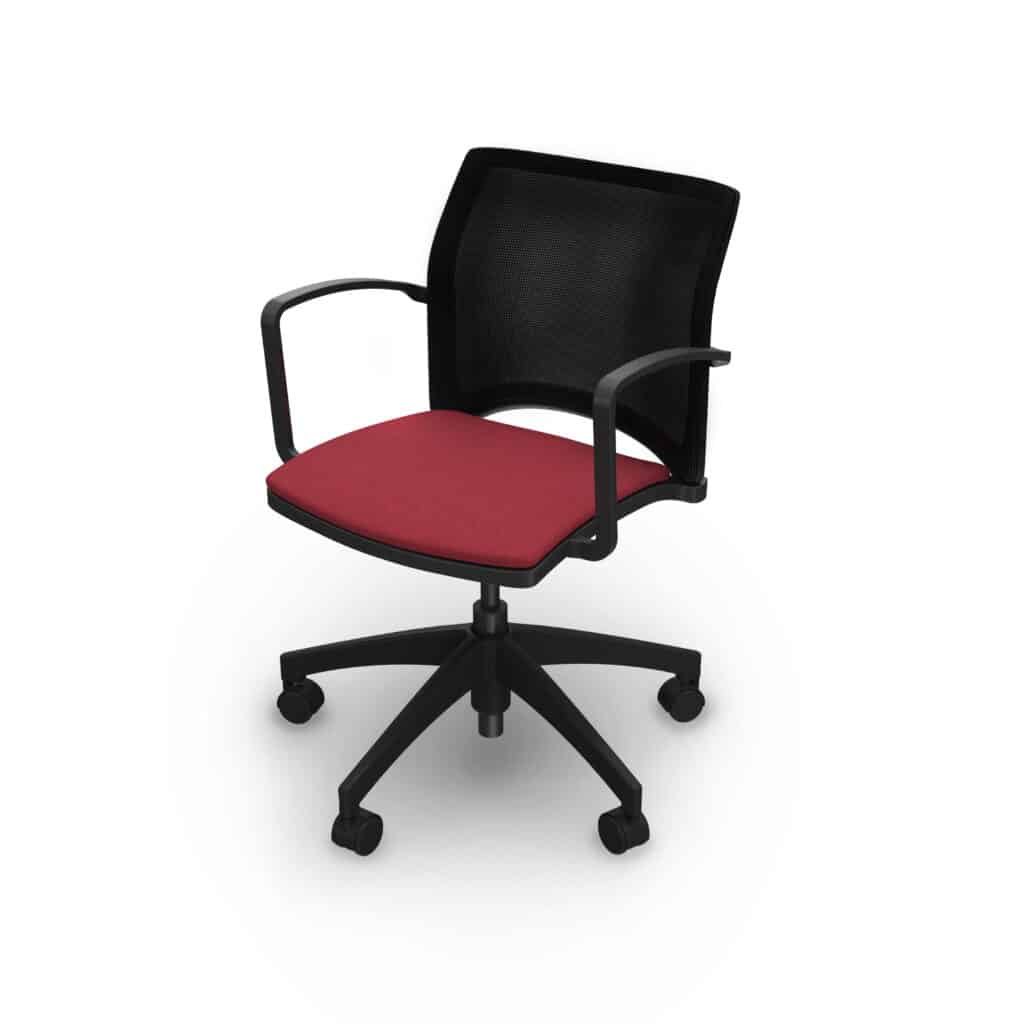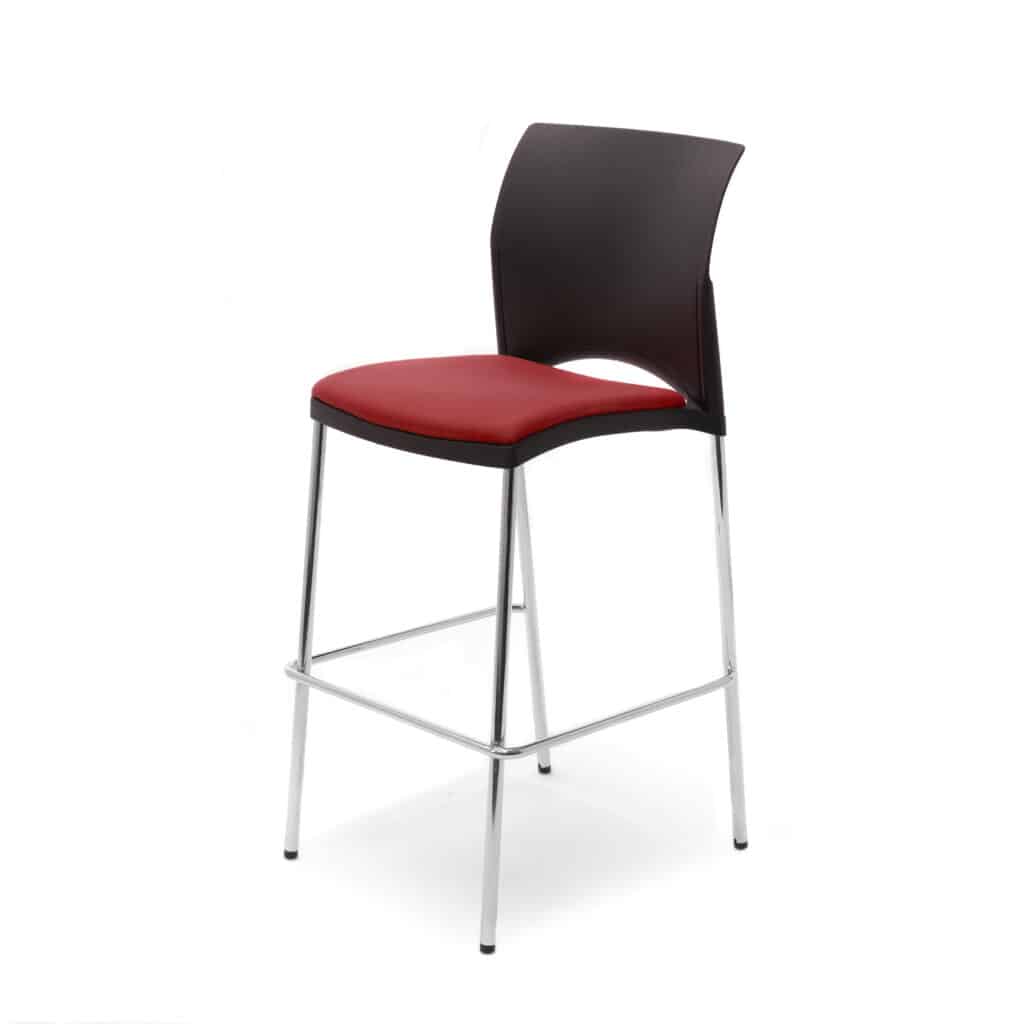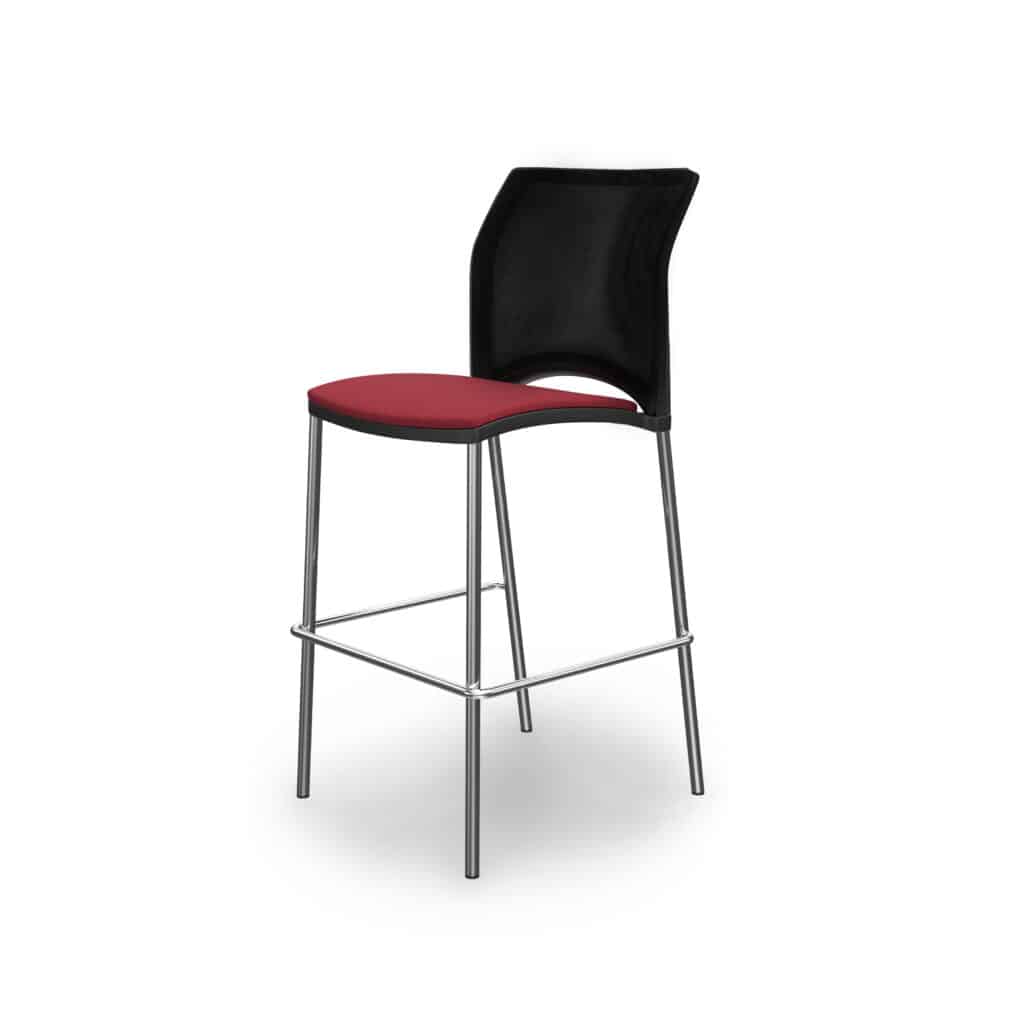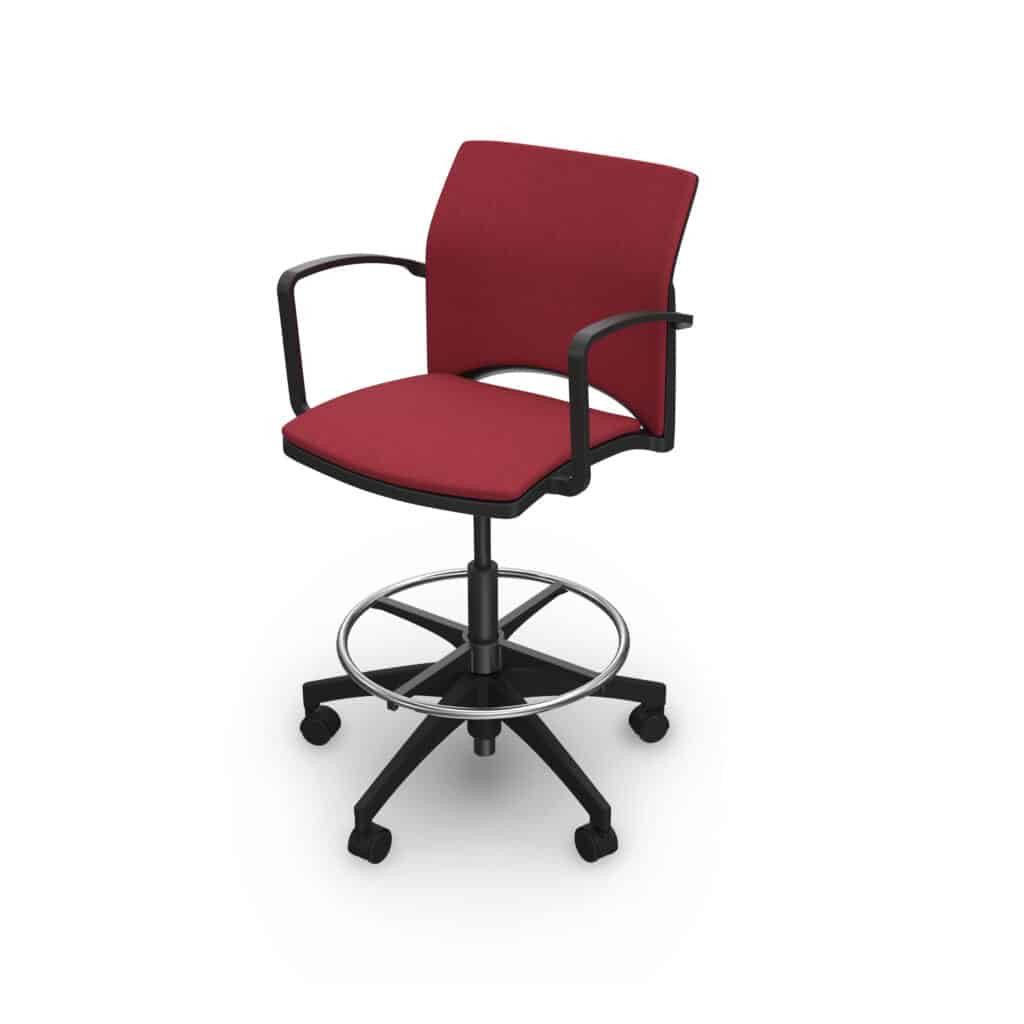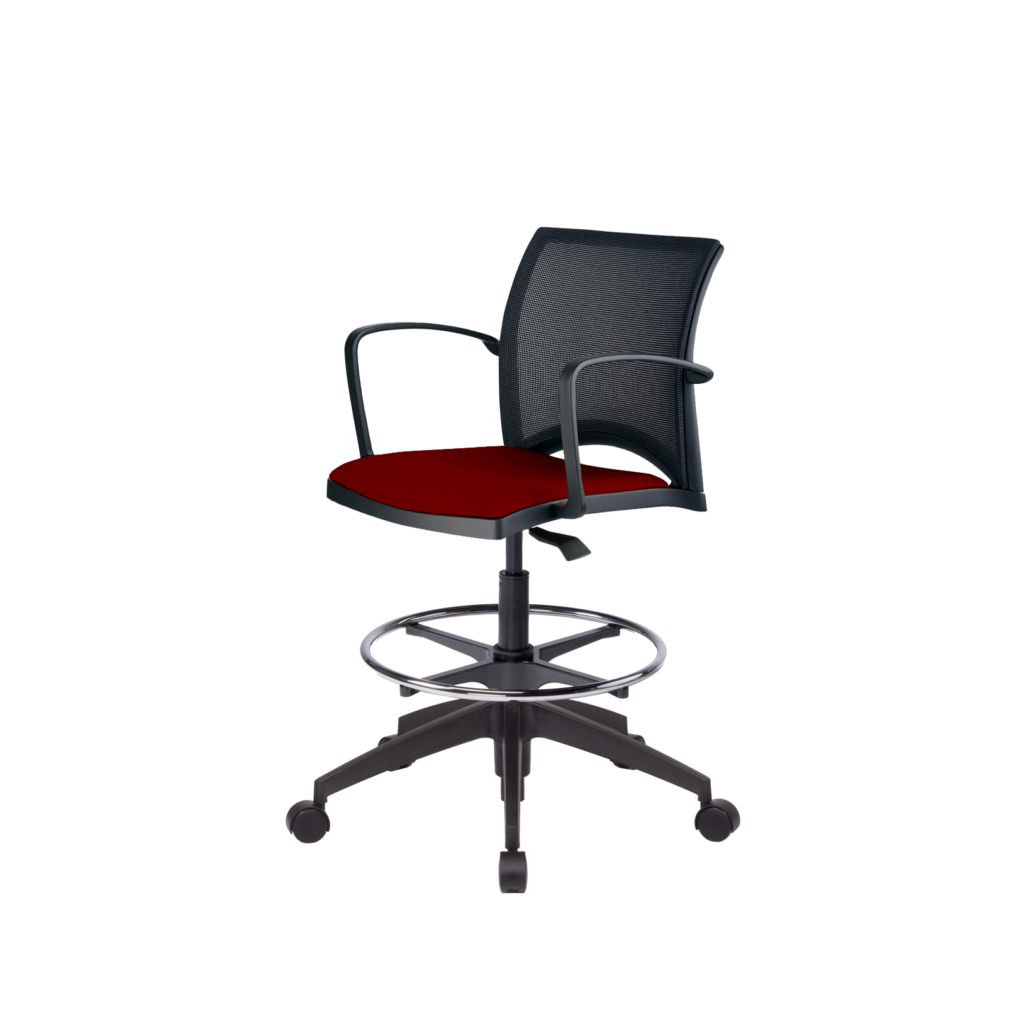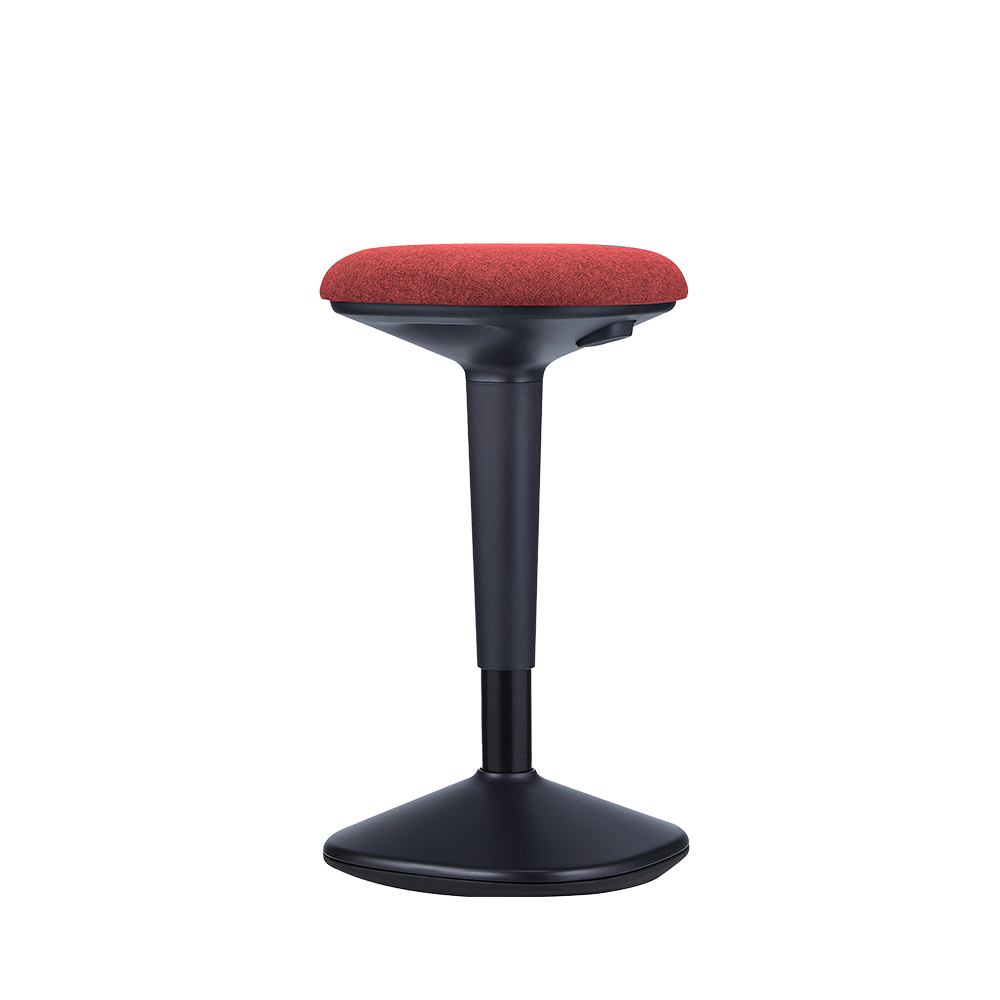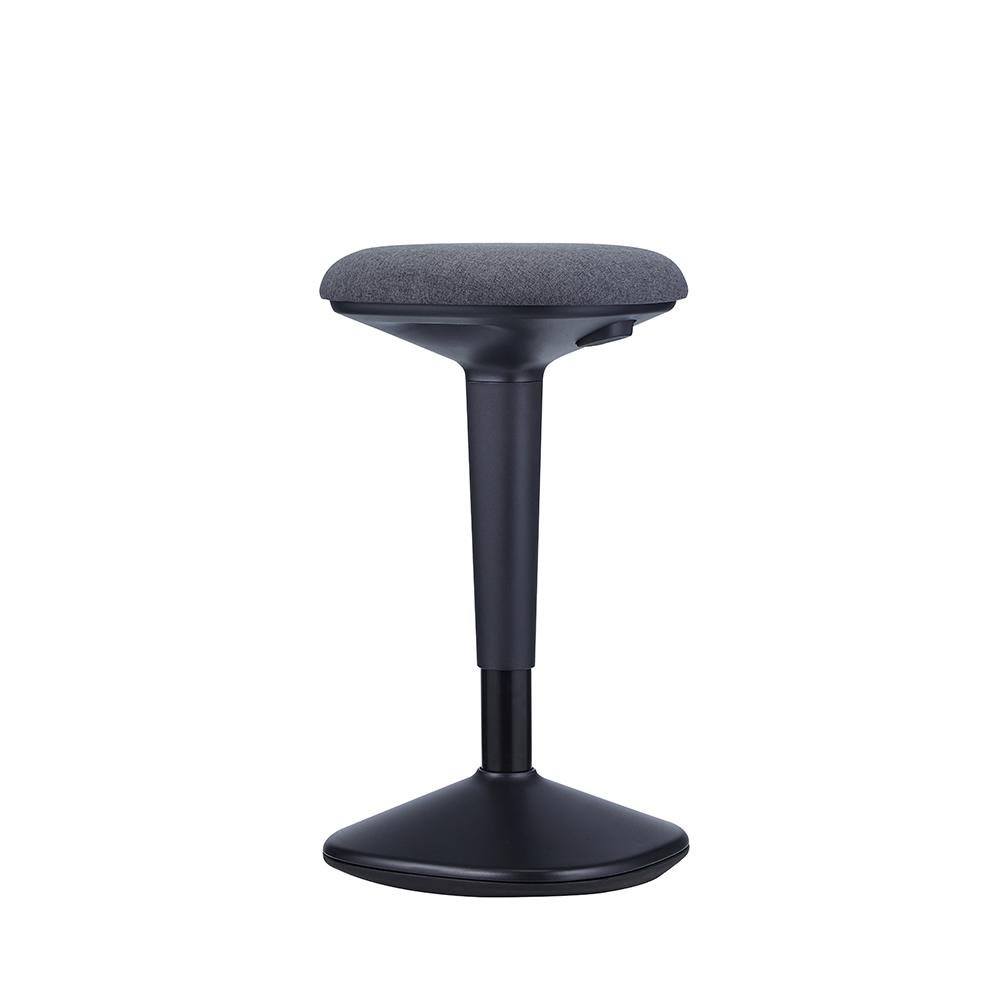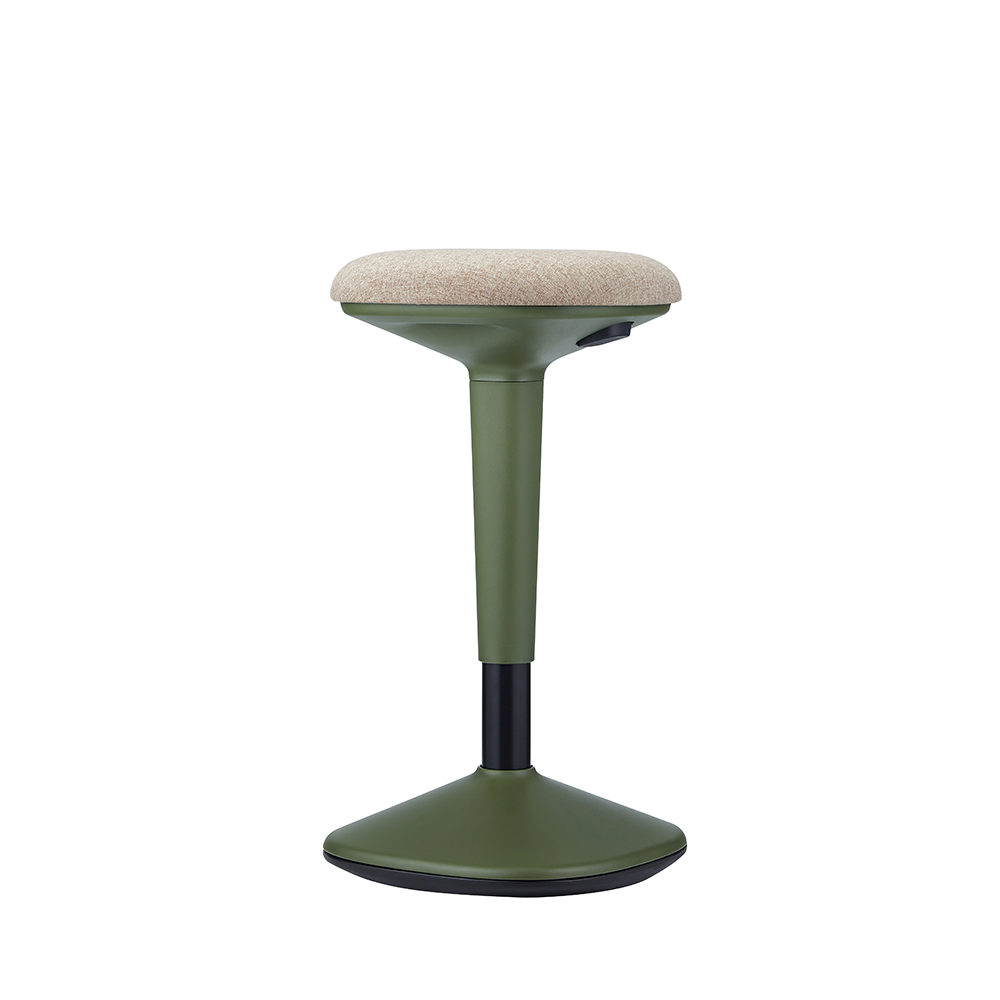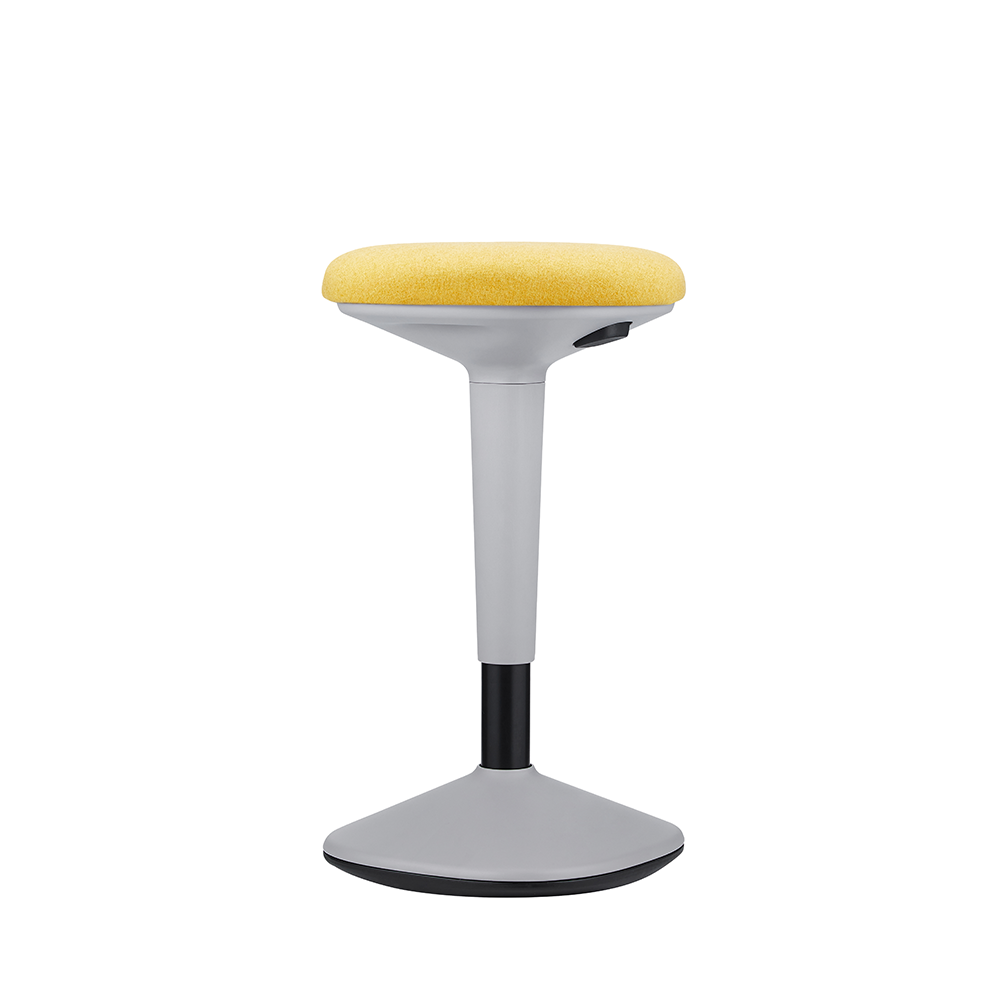Ergonomics
Introduction to the concept of ergonomics
The term ergonomics comes from the Greek words ergon (ergon: work) and nomos (nomos: natural laws) and so literally means “natural laws applied to work” or “that which one should do at work”. The term has come to refer to the science of understanding human interactions with the environment and how to improve them.
The goal of this scientific discipline is to design and adapt workplace environments and tools to suit the physical and psychological limitations and abilities of human beings.
Ergonomics is a process
Ergonomic principles can offer useful guidance in the design of workspaces, technical equipment (tools and machinery), work environments and even in organizing the work itself. In the context of office workspaces, for example, working at a computer requires a certain posture that must sometimes be achievable by people of different shapes and sizes. As they offer a variety of sizing options and adjustments, ergonomic office chairs are an adaptive solution to this type of work environment.
Why an ergonomic chair?
According to the CCOHS, injuries resulting from sitting for long periods of time can be a health and safety issues in the workplace. It is clear that office work requires less muscular effort but people who work in a sitting position are not exempt from the risk of injury.
Choosing an ergonomic office chair
Office chairs come in a wide range of shapes and prices. One of the basic principles of ergonomics in office chairs is that they should provide total safety. The difference in price between various models can often be attributed to the quality of the components used and the options available. While a good chair does not necessarily have to be expensive, some options and sizing features are essential for the chair to be adaptable to the user and the tasks they perform at work.
What to look for when selecting an ergonomic chair?
Here are the things to consider when buying an ergonomic chair:
How does Bouty meet these criteria?
With awards at NeoCon and by RedDot Design, Bouty ergonomic chairs take into account the important elements that an ergonomic chair must offer. To this end, we offer collections that provide good support for the back as well as several adjustments in order to adapt your chair to the shape of your body.
BOUTY chairs have hardwood plywood seats that offer increased solidity and allows you to customize the size of the seat and the position of the armrests. Also, we offer different seat sizes as well as curved reversible back slats that provide various seat widths and depths. These elements contribute greatly to keeping your muscles relaxed and thus reducing the risk of fatigue and muscular tension.
The selection of components is made in a rigorous manner. Bouty gives priority to Quebec and Canadian manufacturers for its raw material purchases. The materials required to manufacture our chairs and armchairs come from reputable suppliers with whom we maintain excellent relations. In fact, we ask our suppliers to subscribe to our code of conduct regarding social and environmental commitment.
We are proud to say that our products qualify for projects requiring LEED certification.
Our products are of the highest quality and allow us to offer you a warranty superior to the market average, thus avoiding premature replacement. Whether working from home or nine-to-five at the office, Bouty chairs and armchairs will help you maintain a better posture and reduce the negative effects of sitting for long periods of time. Bouty is a company that cares about your health and the environment since 1949.


